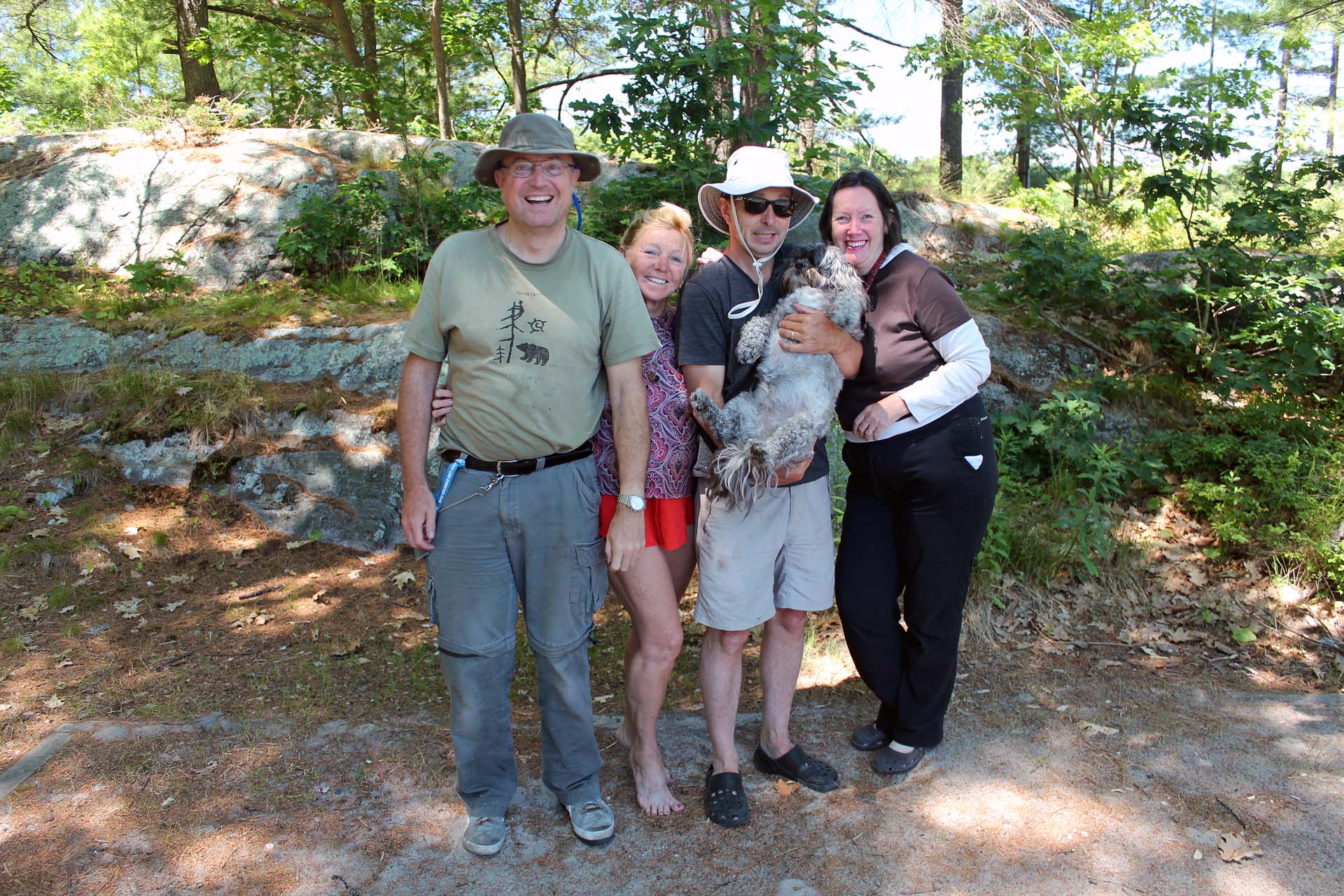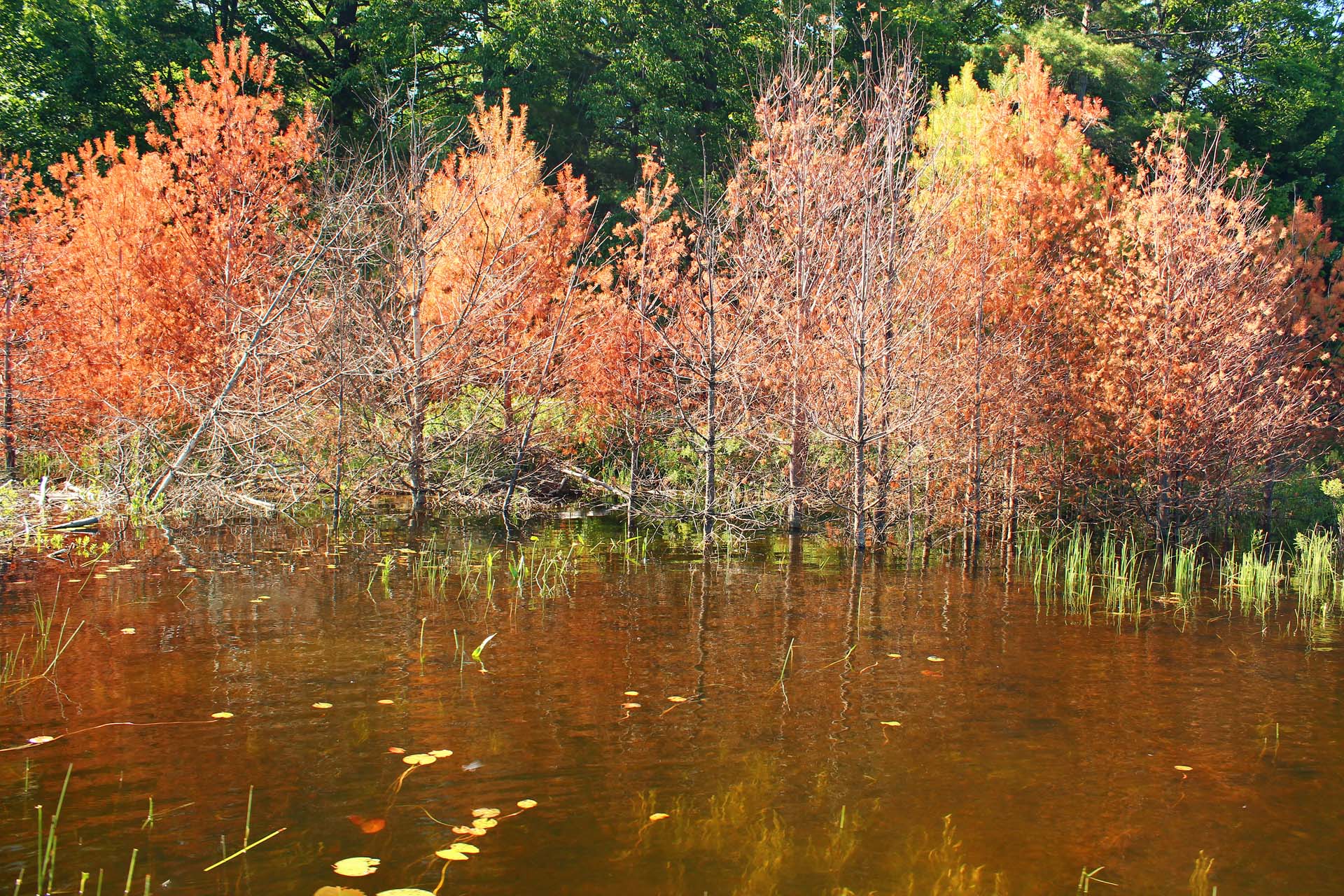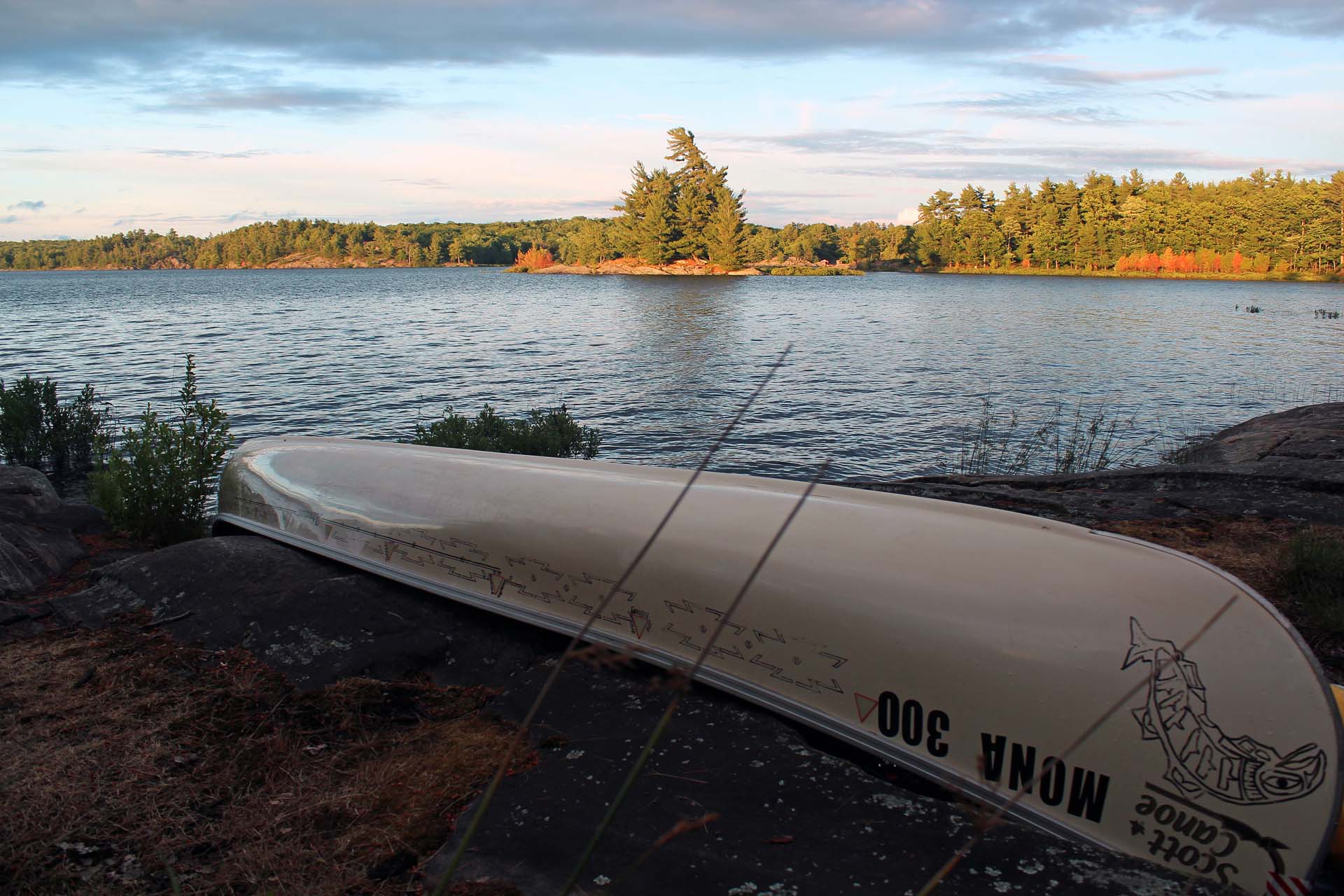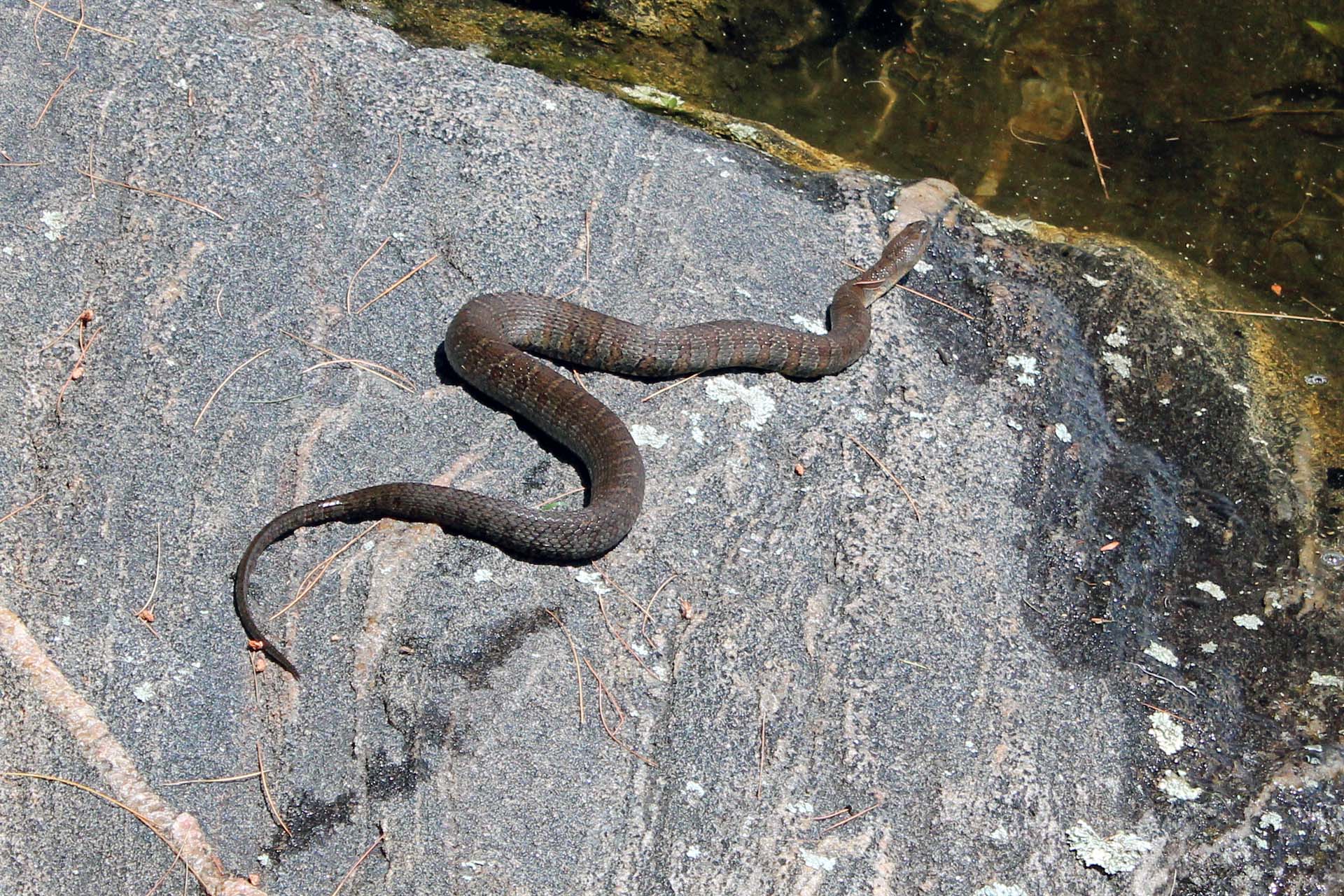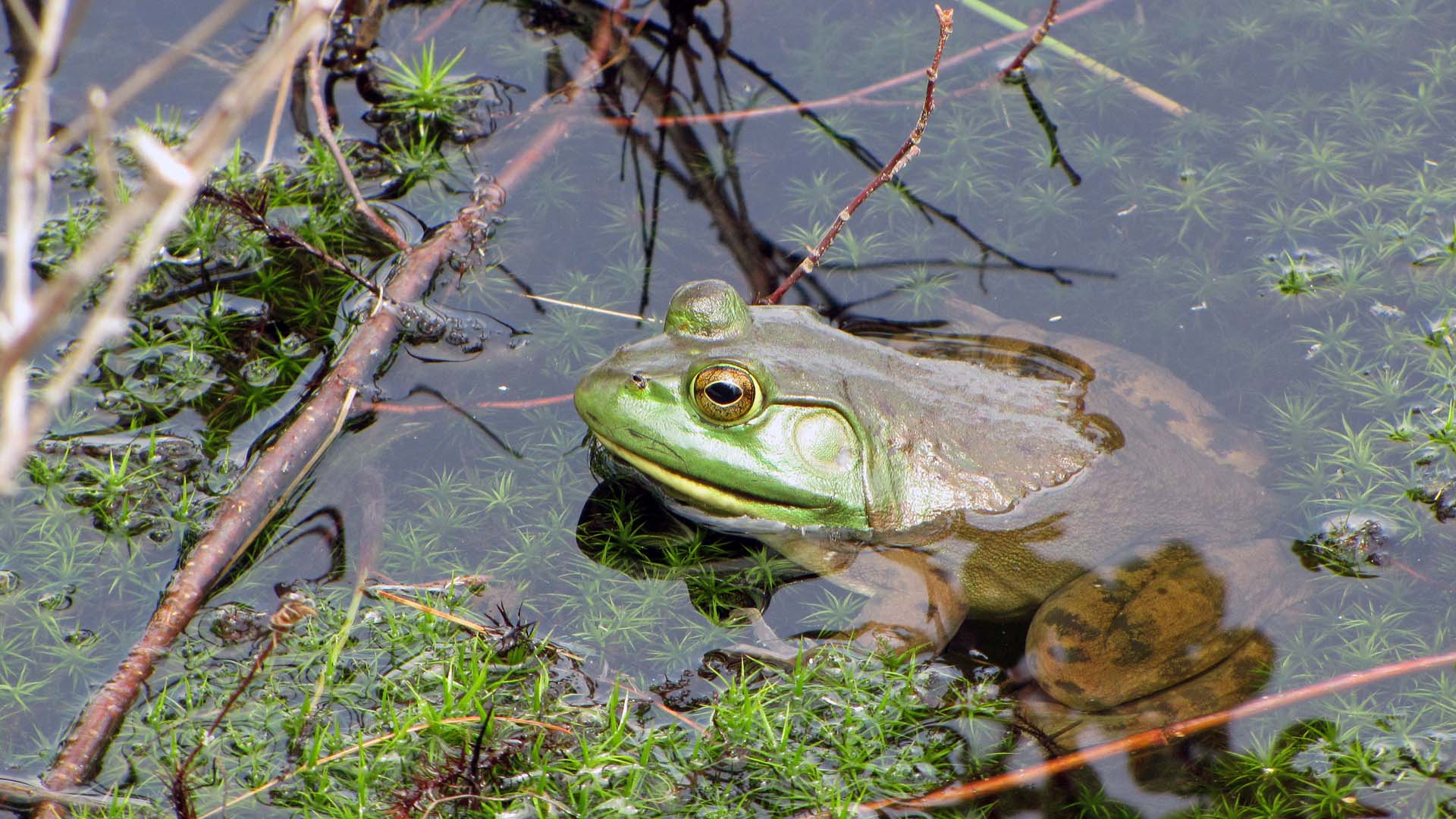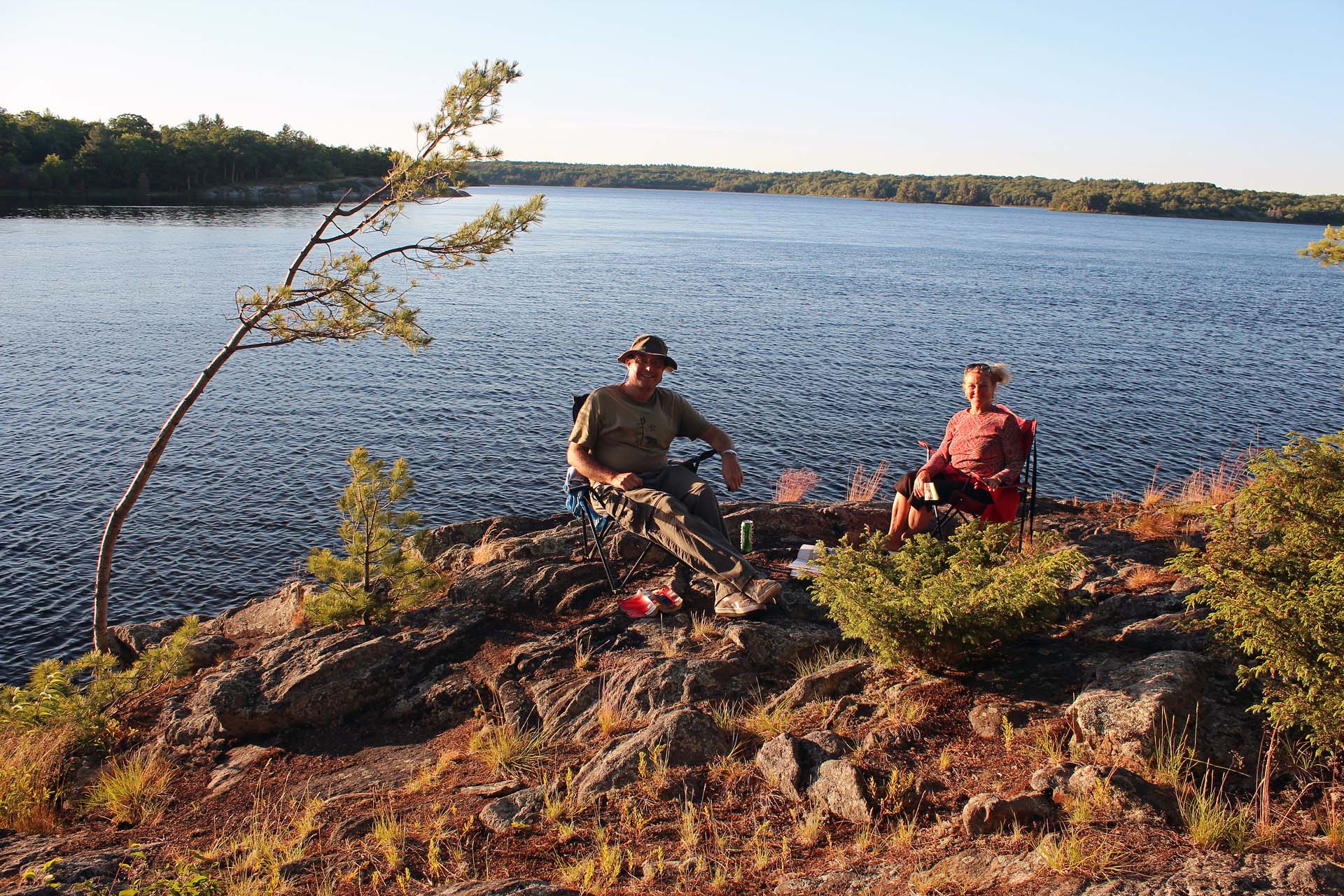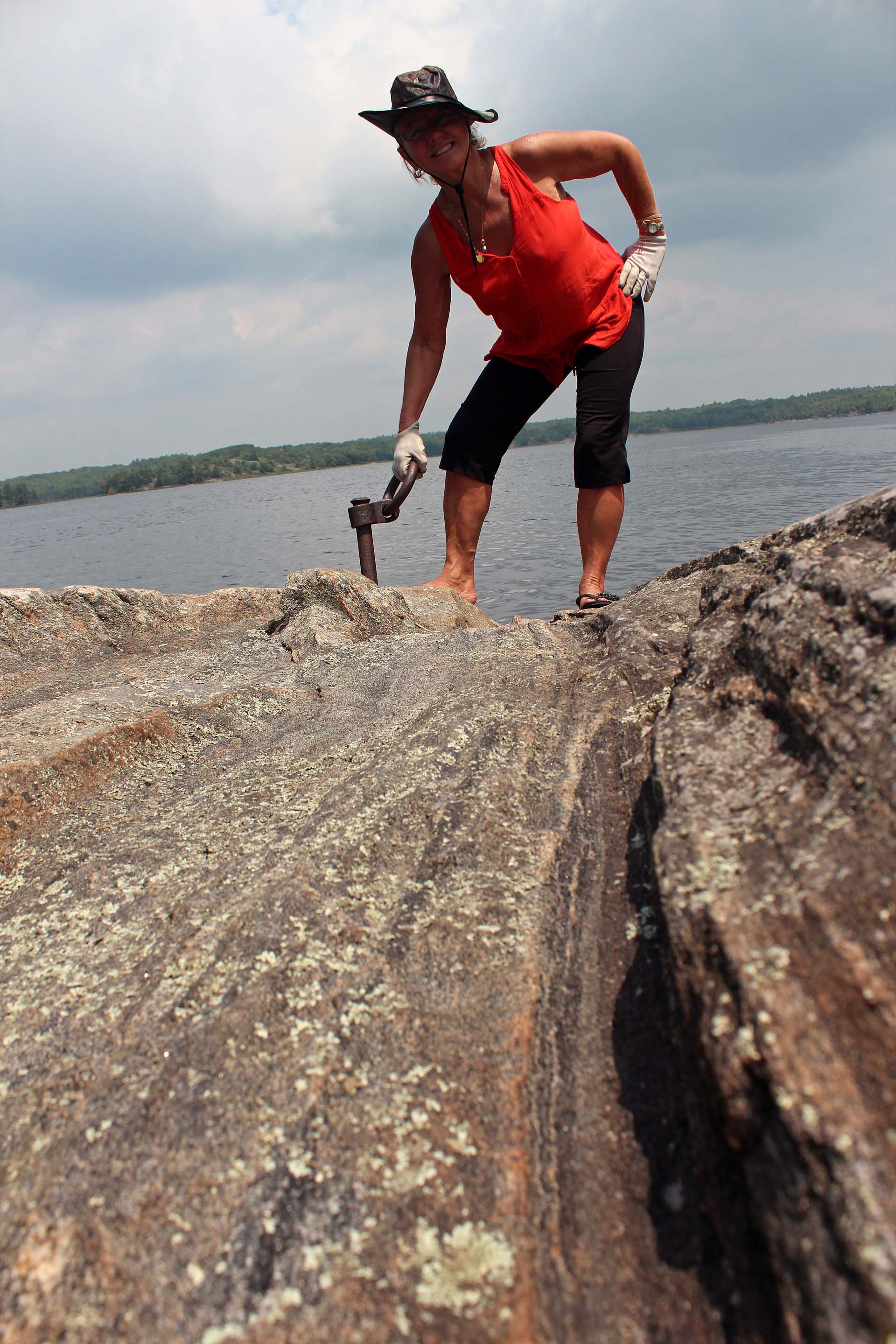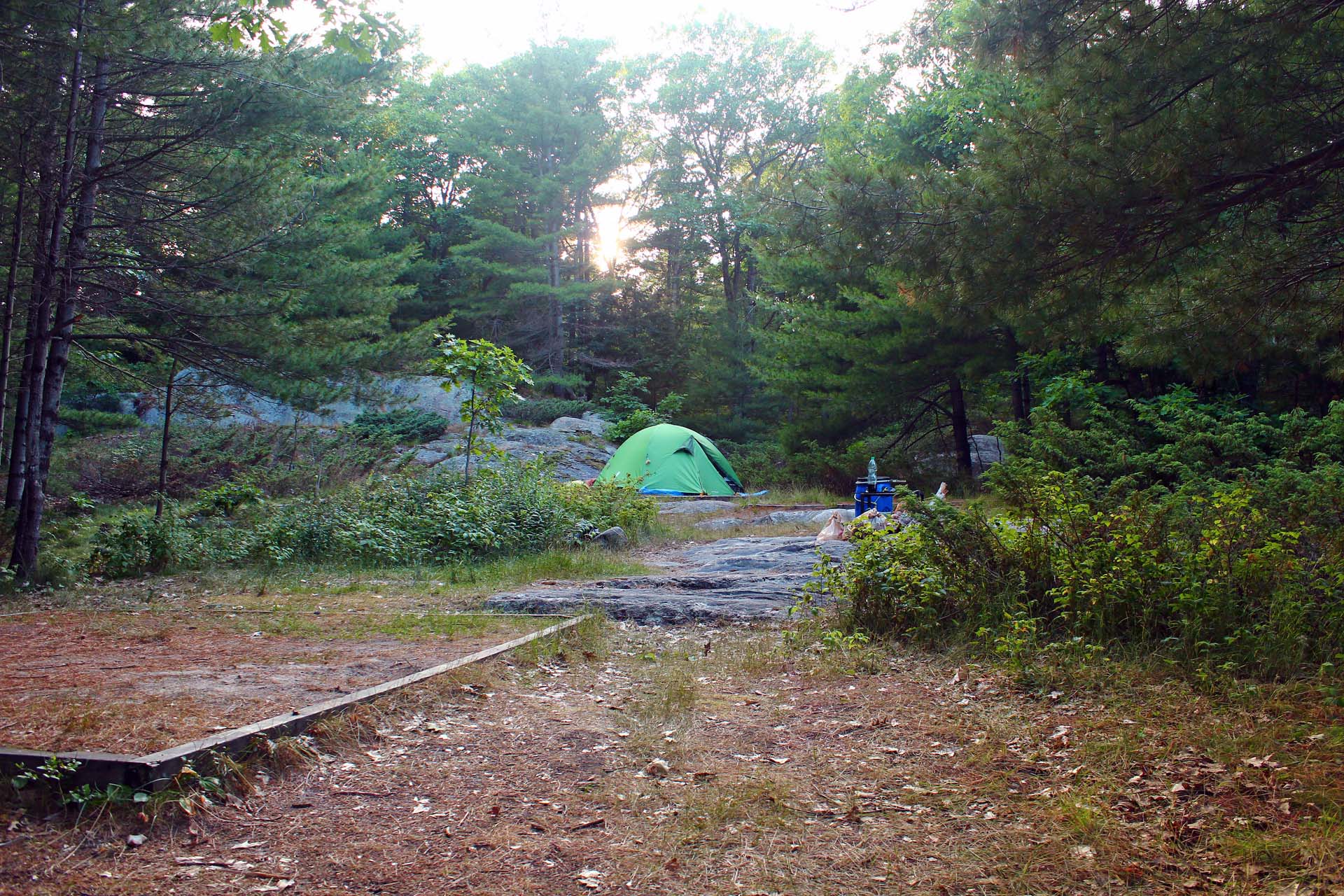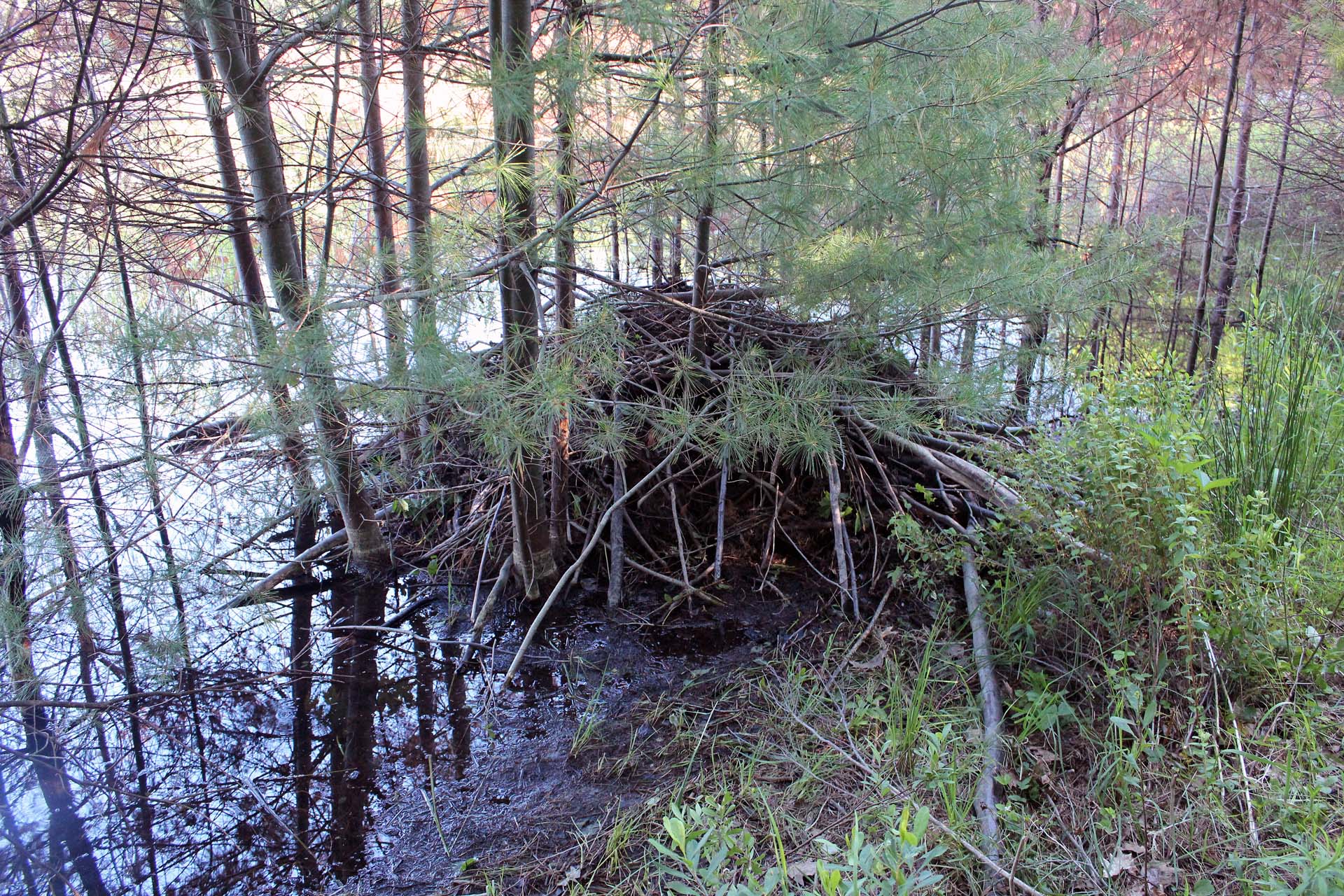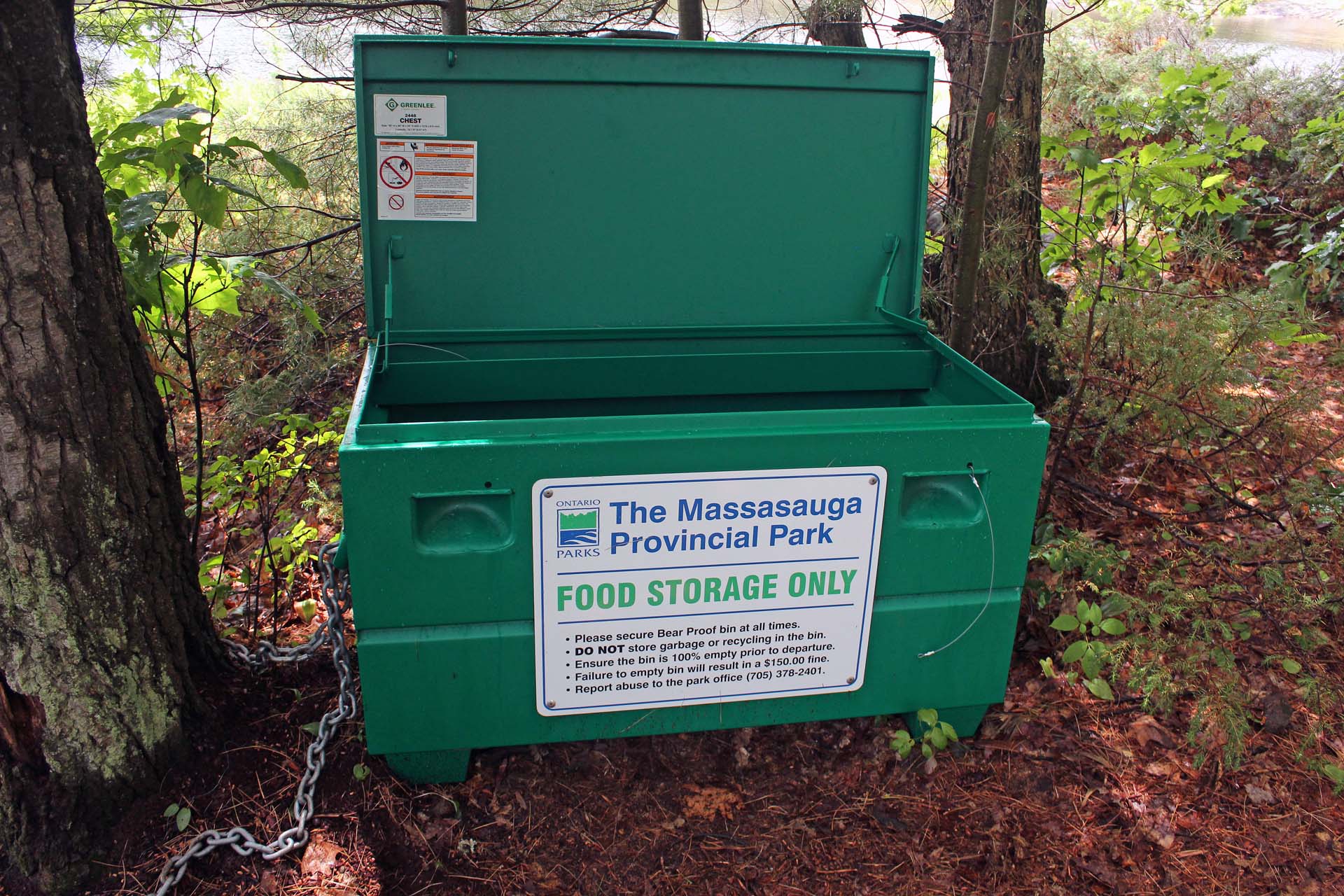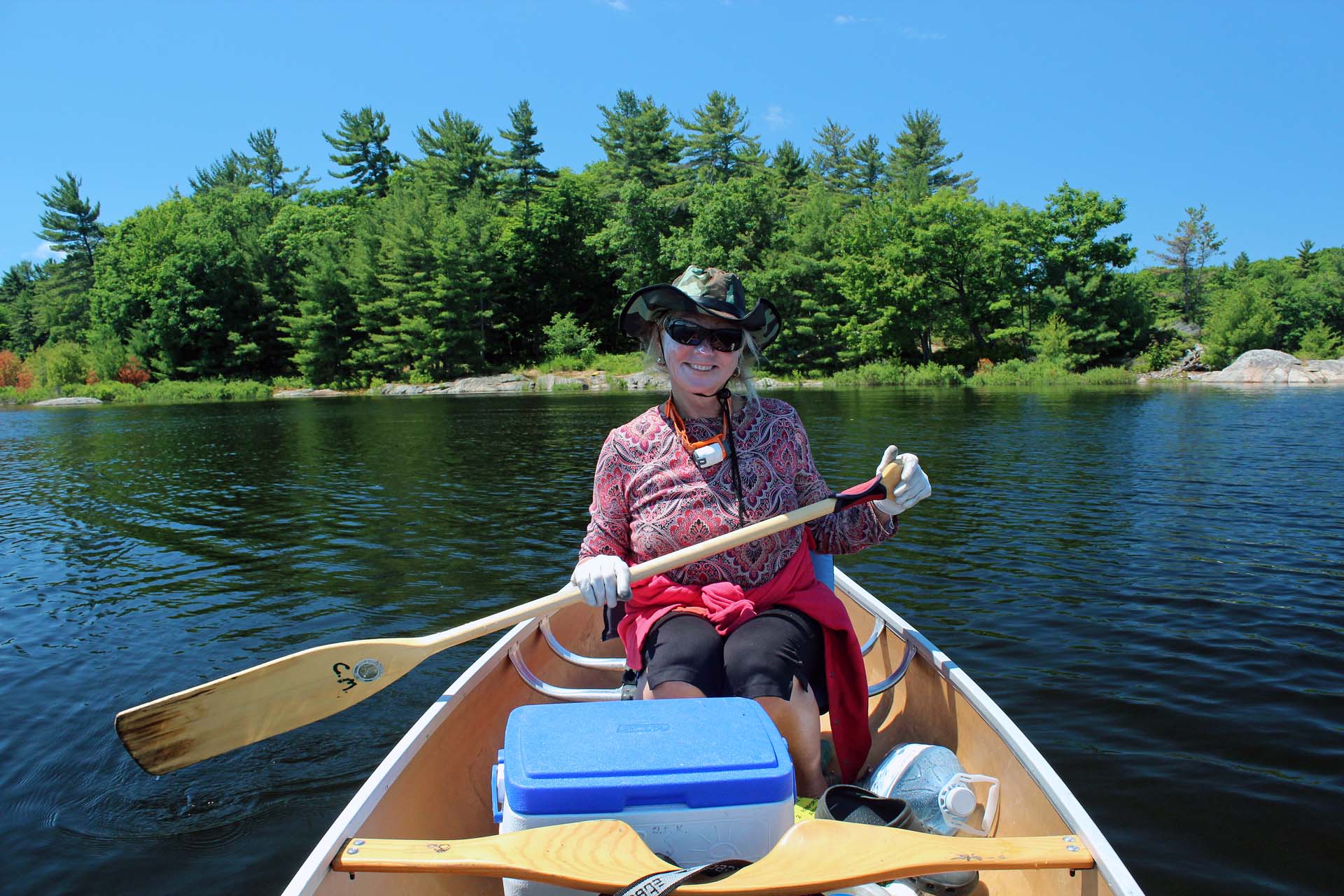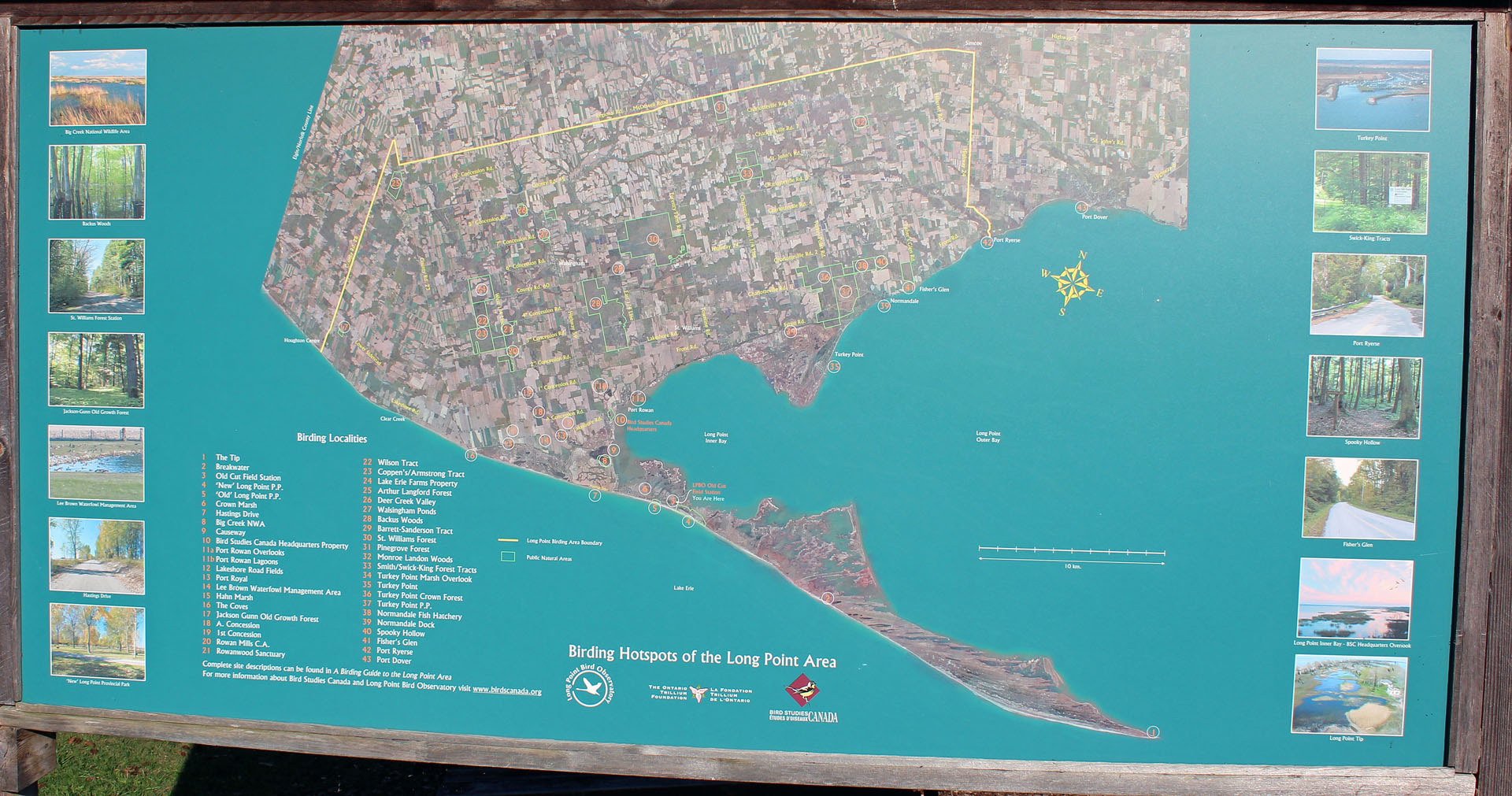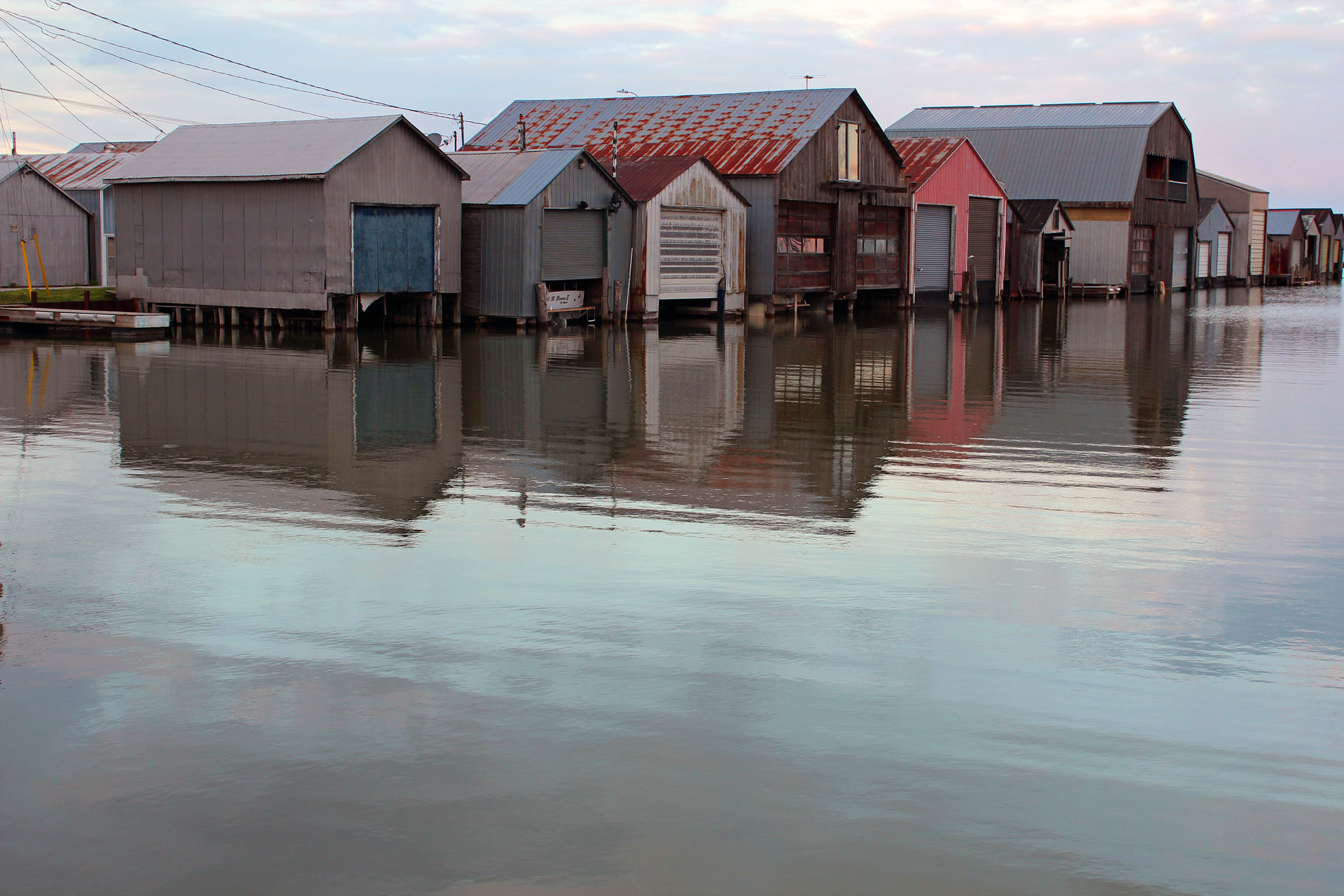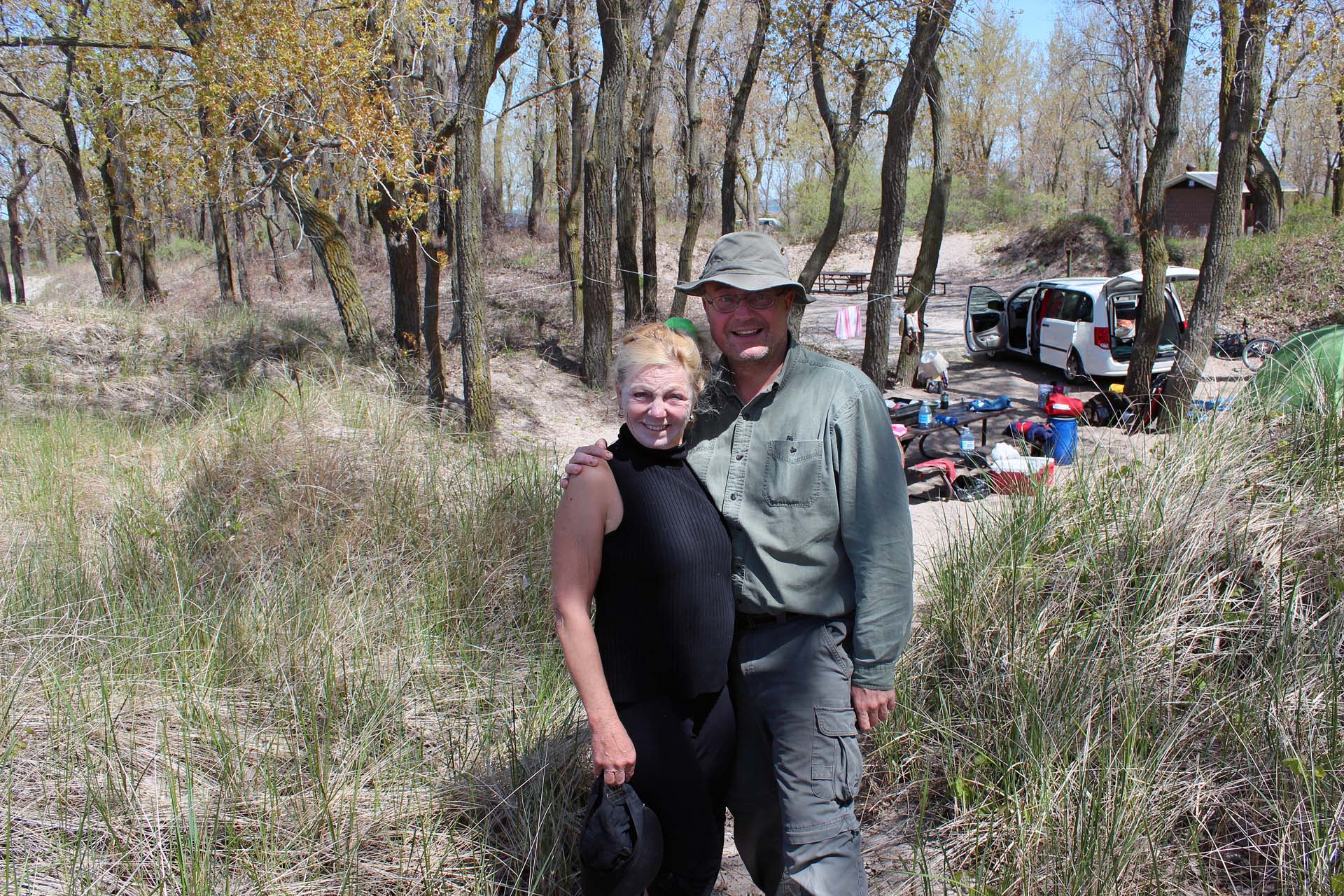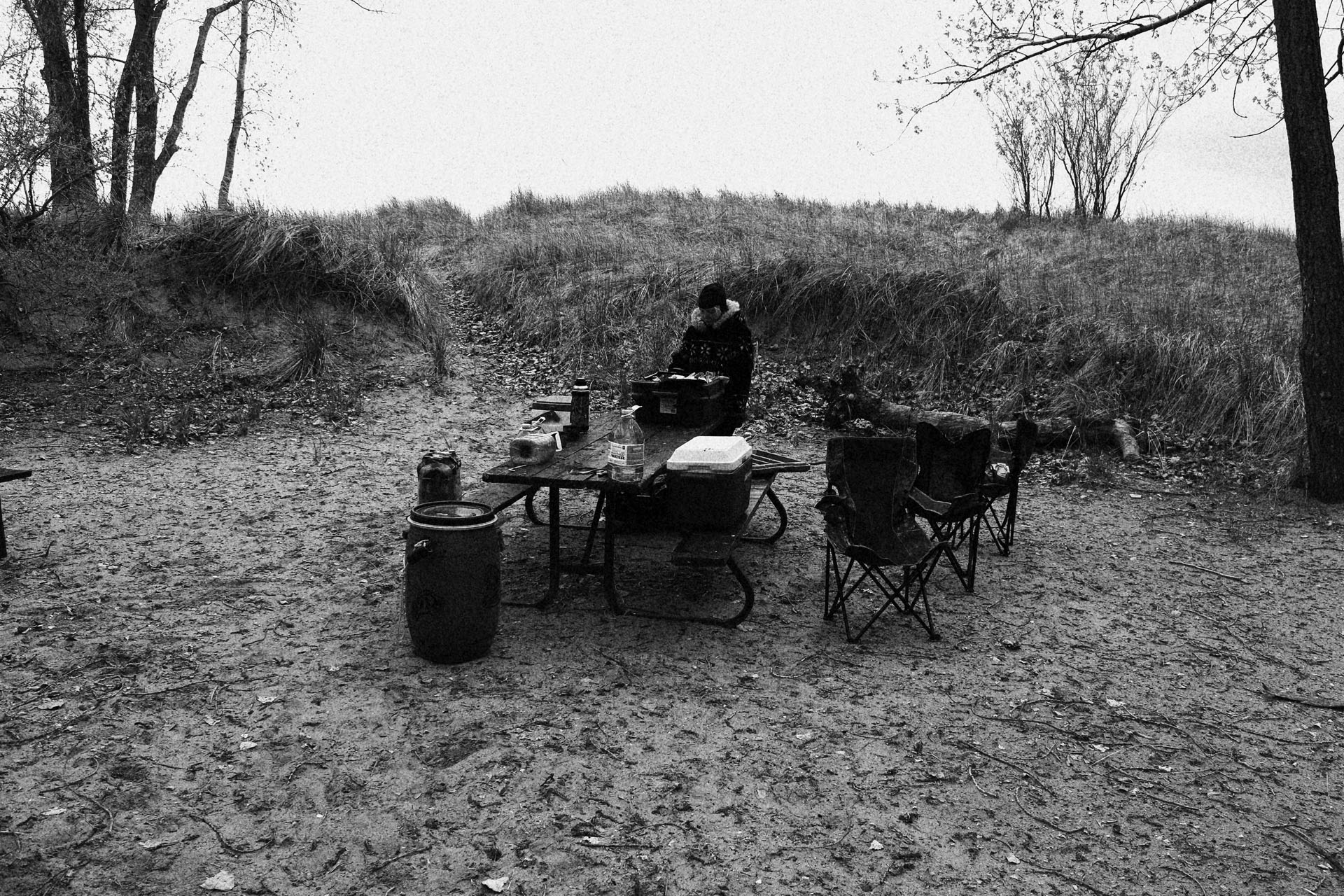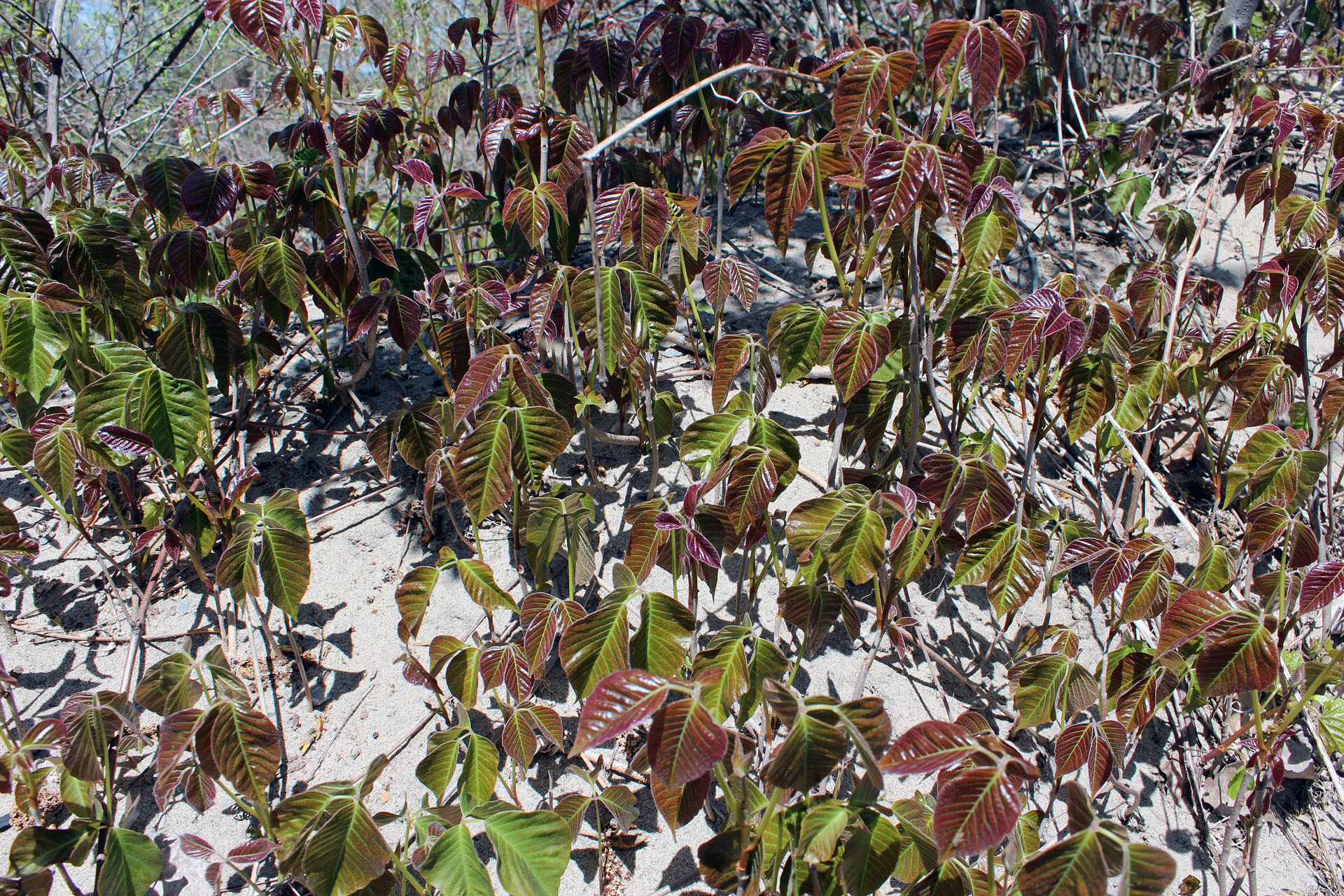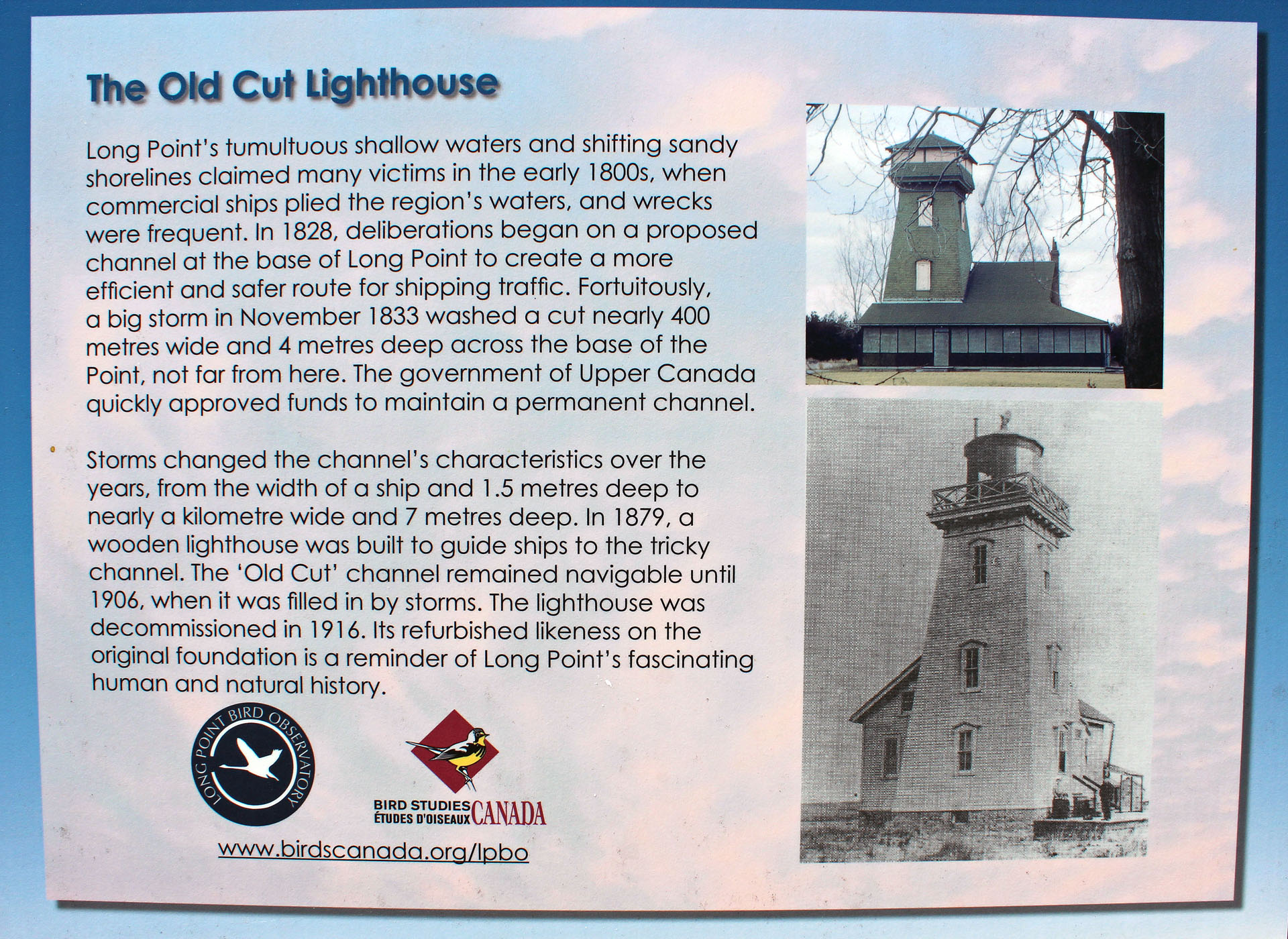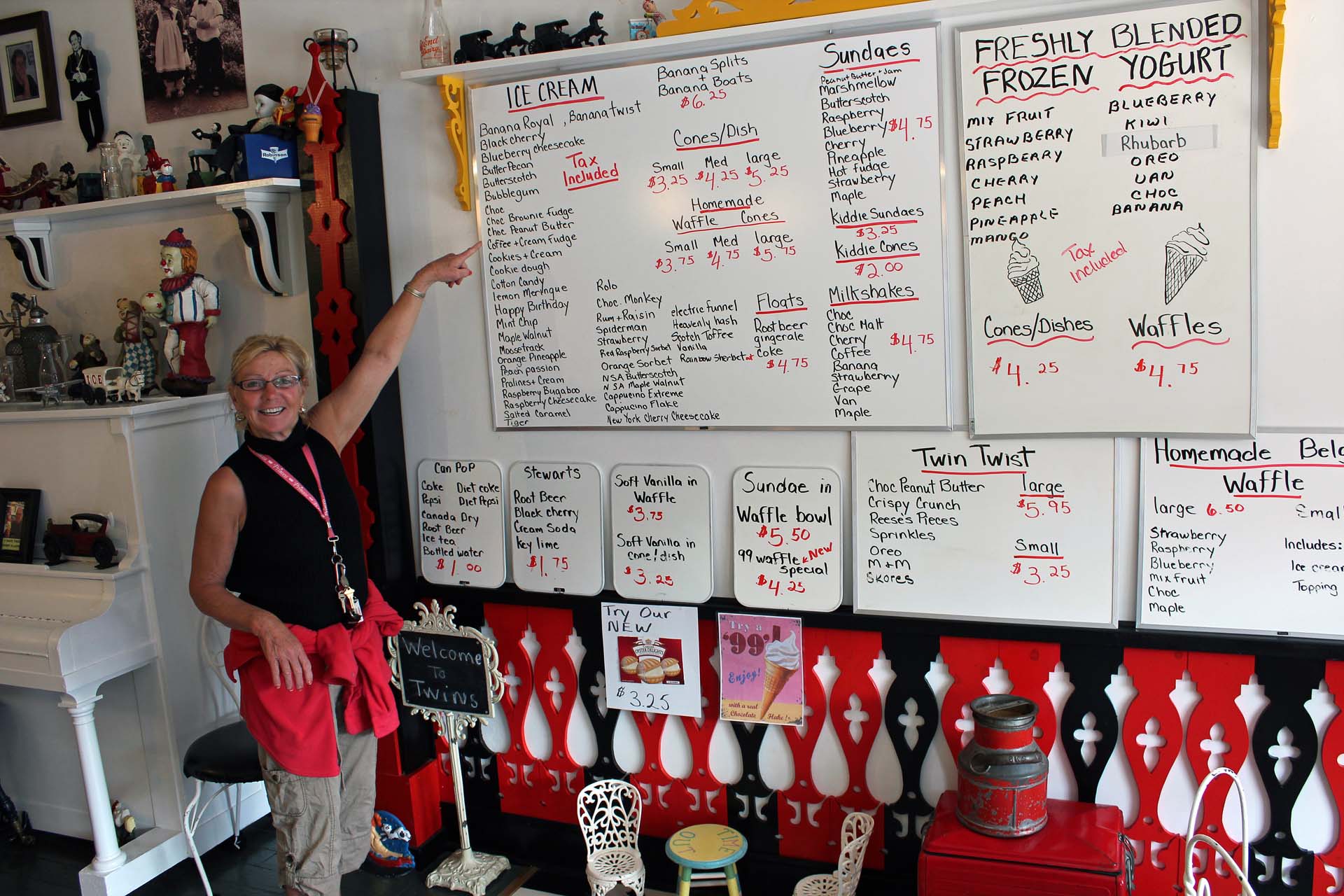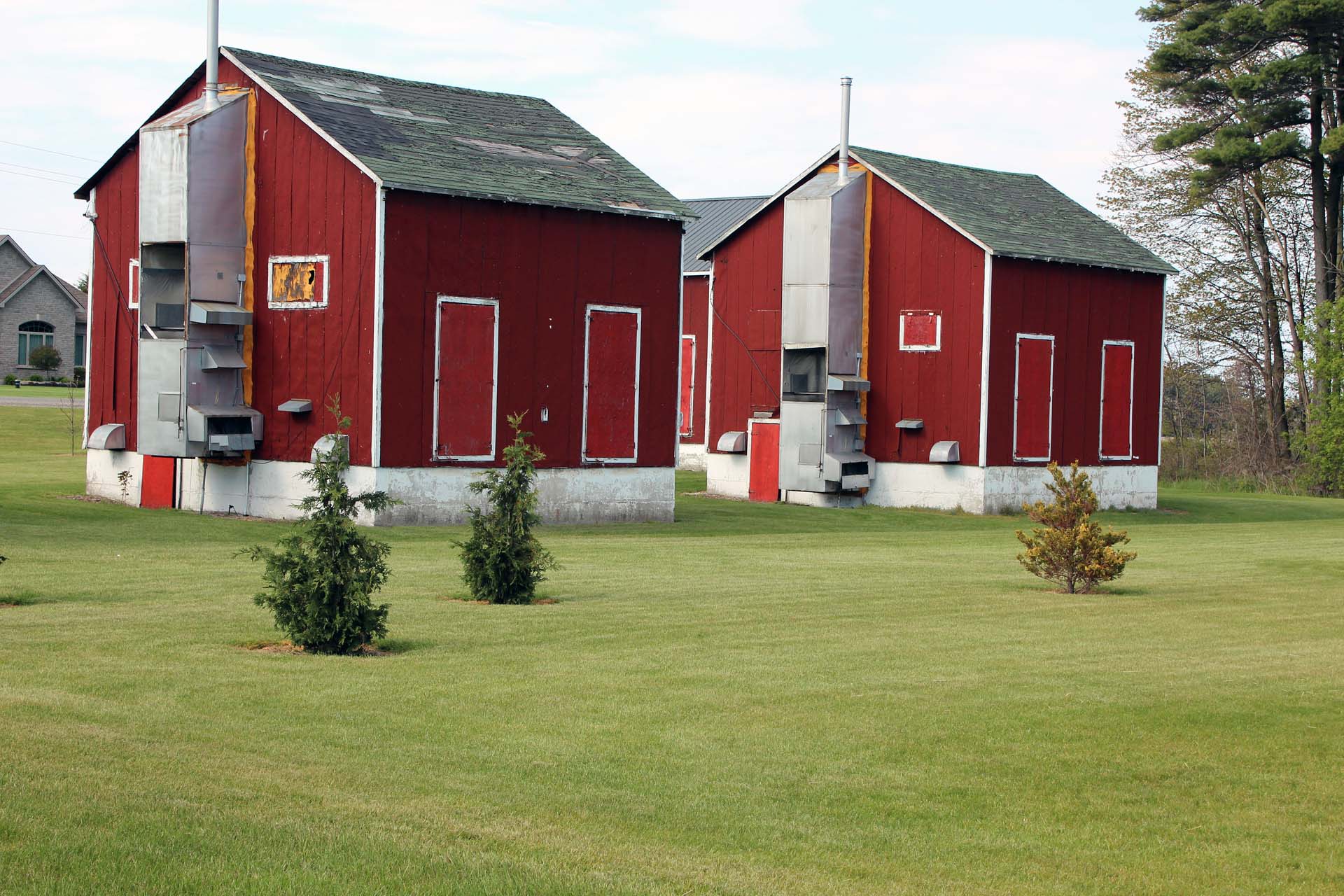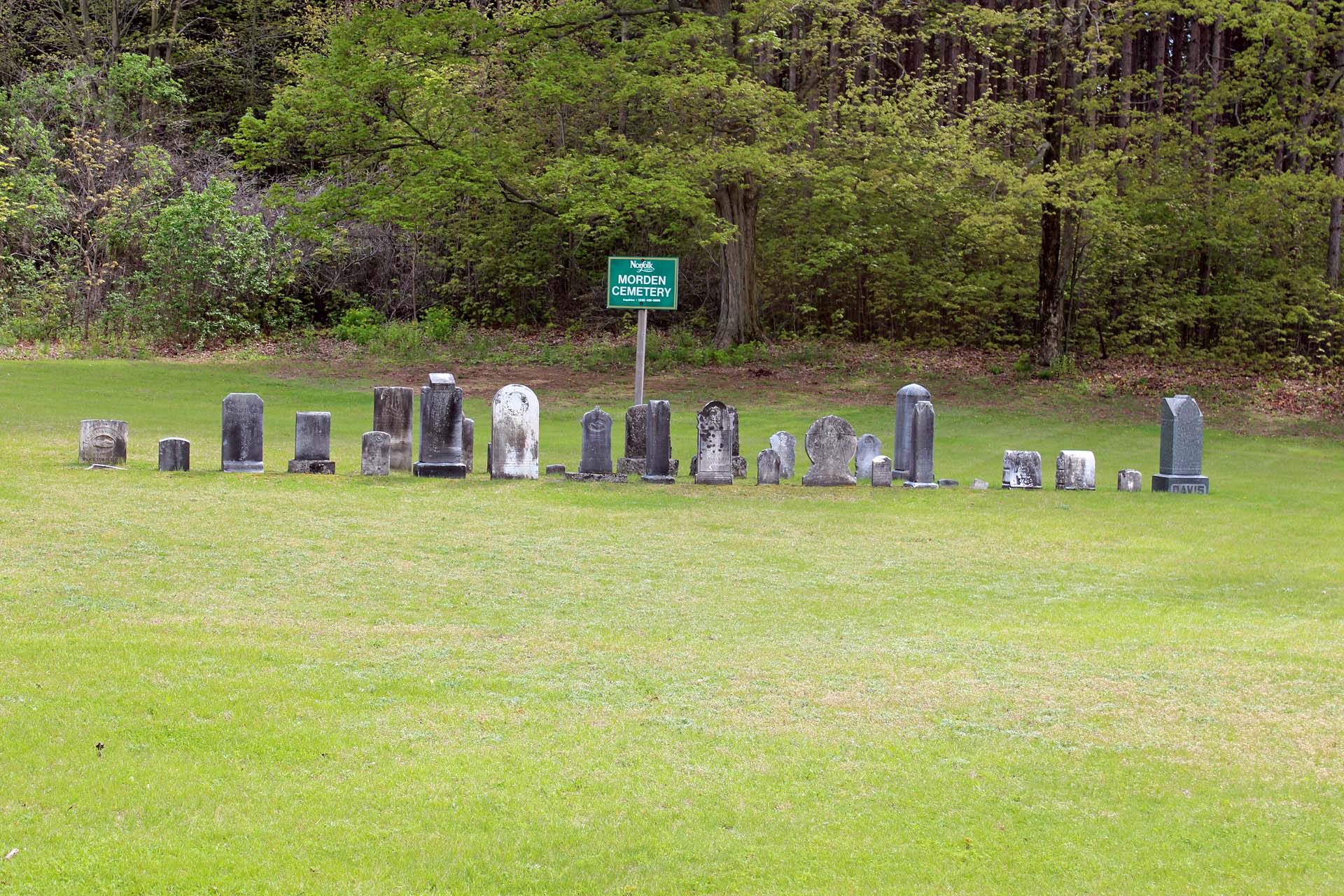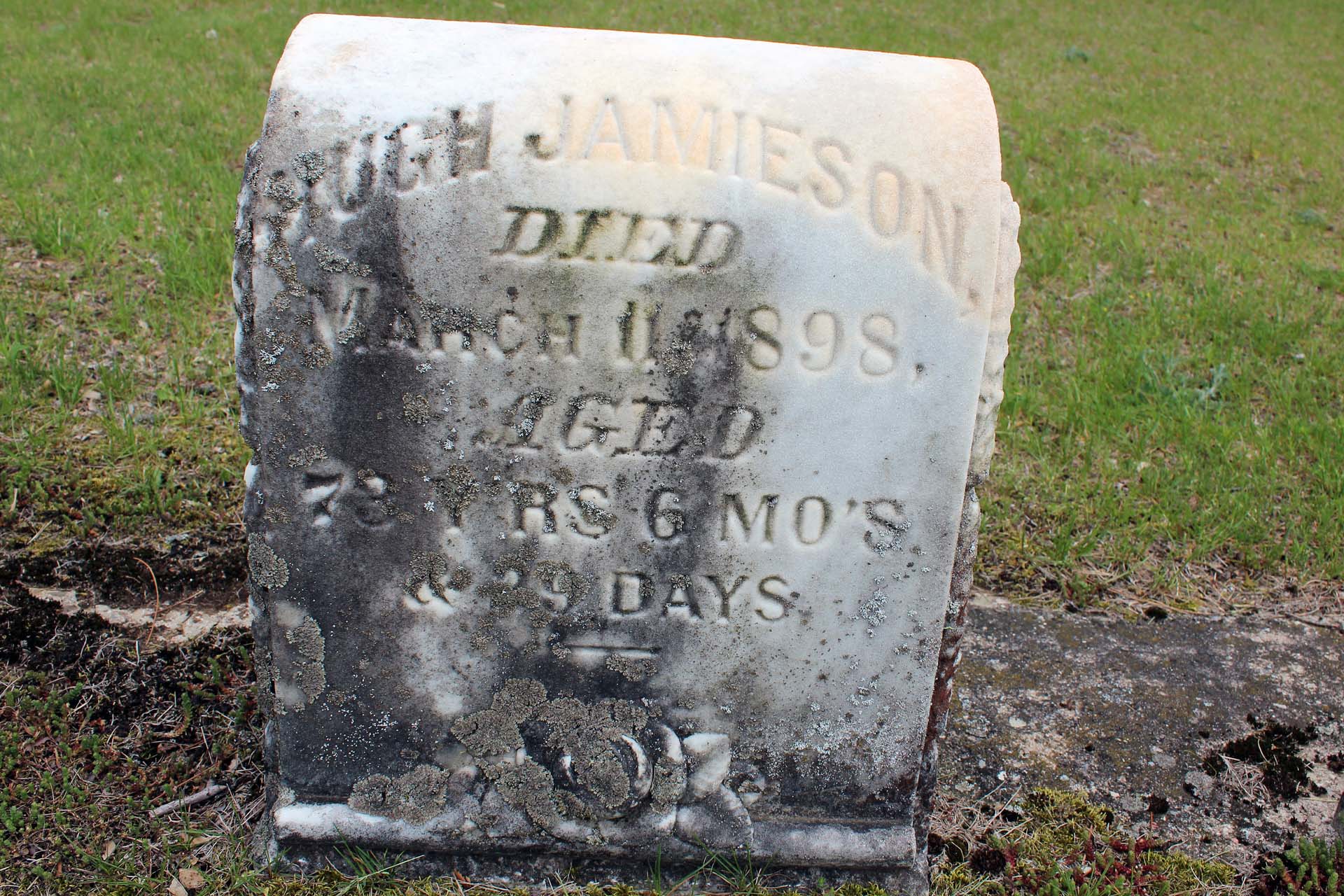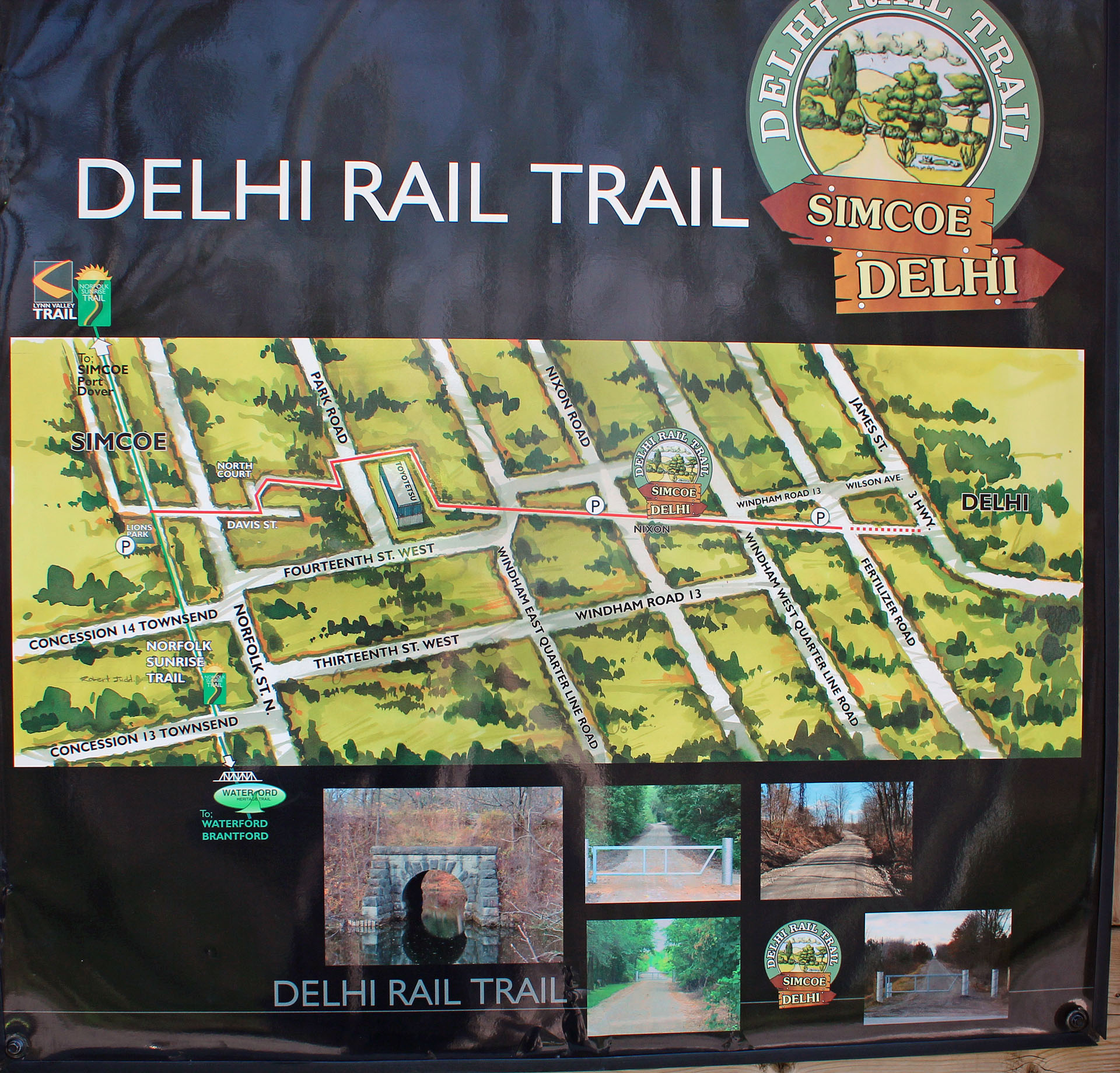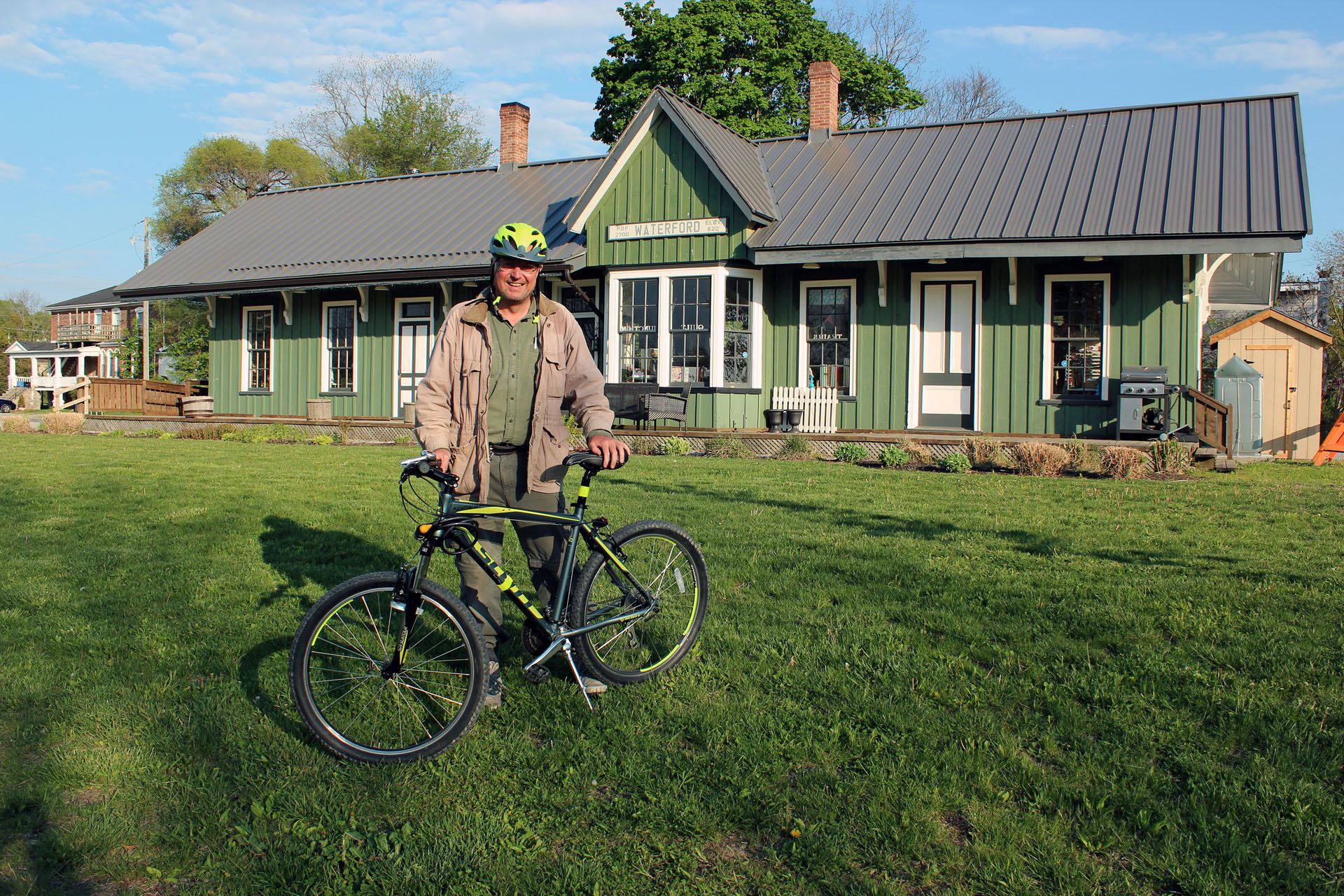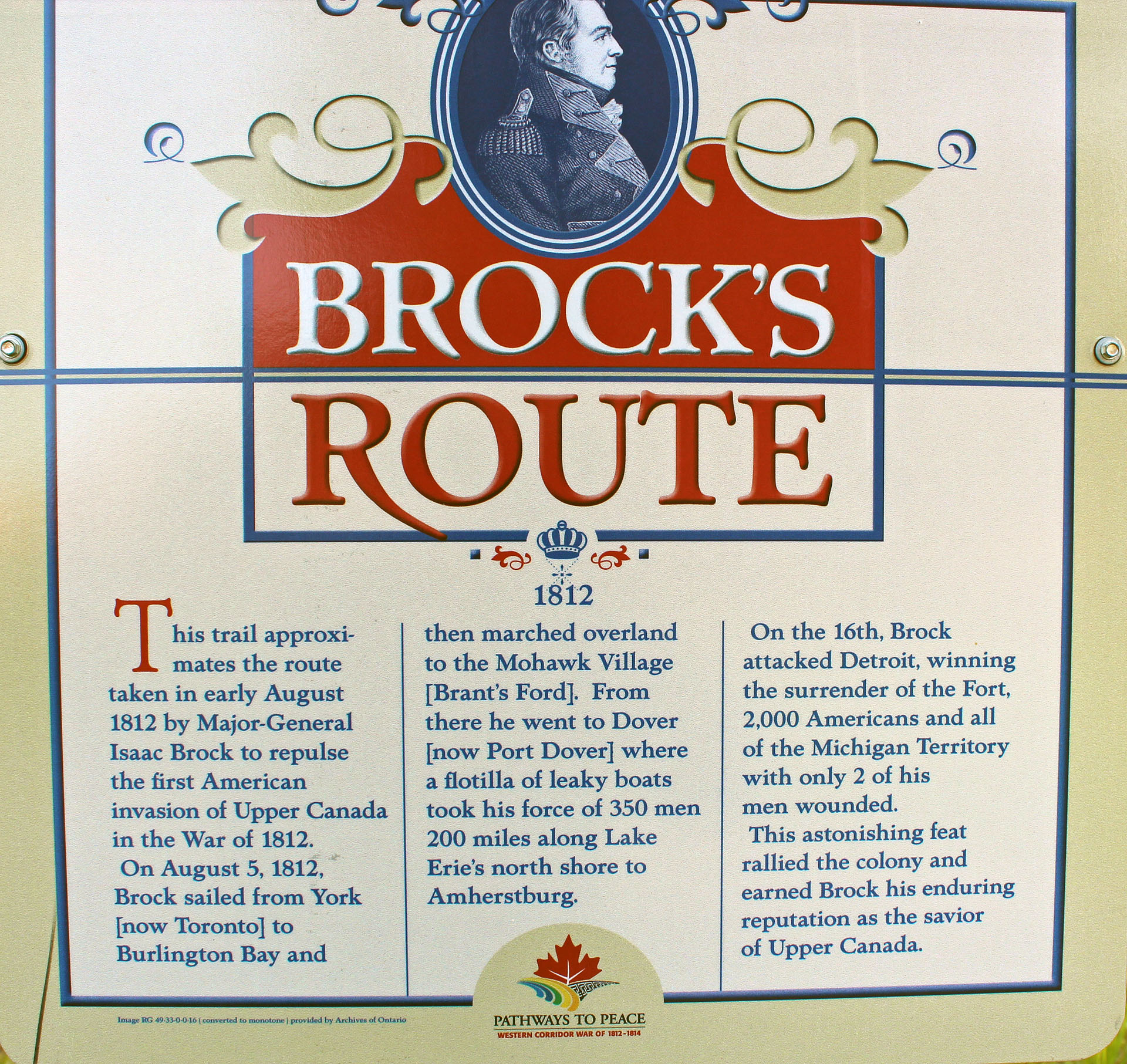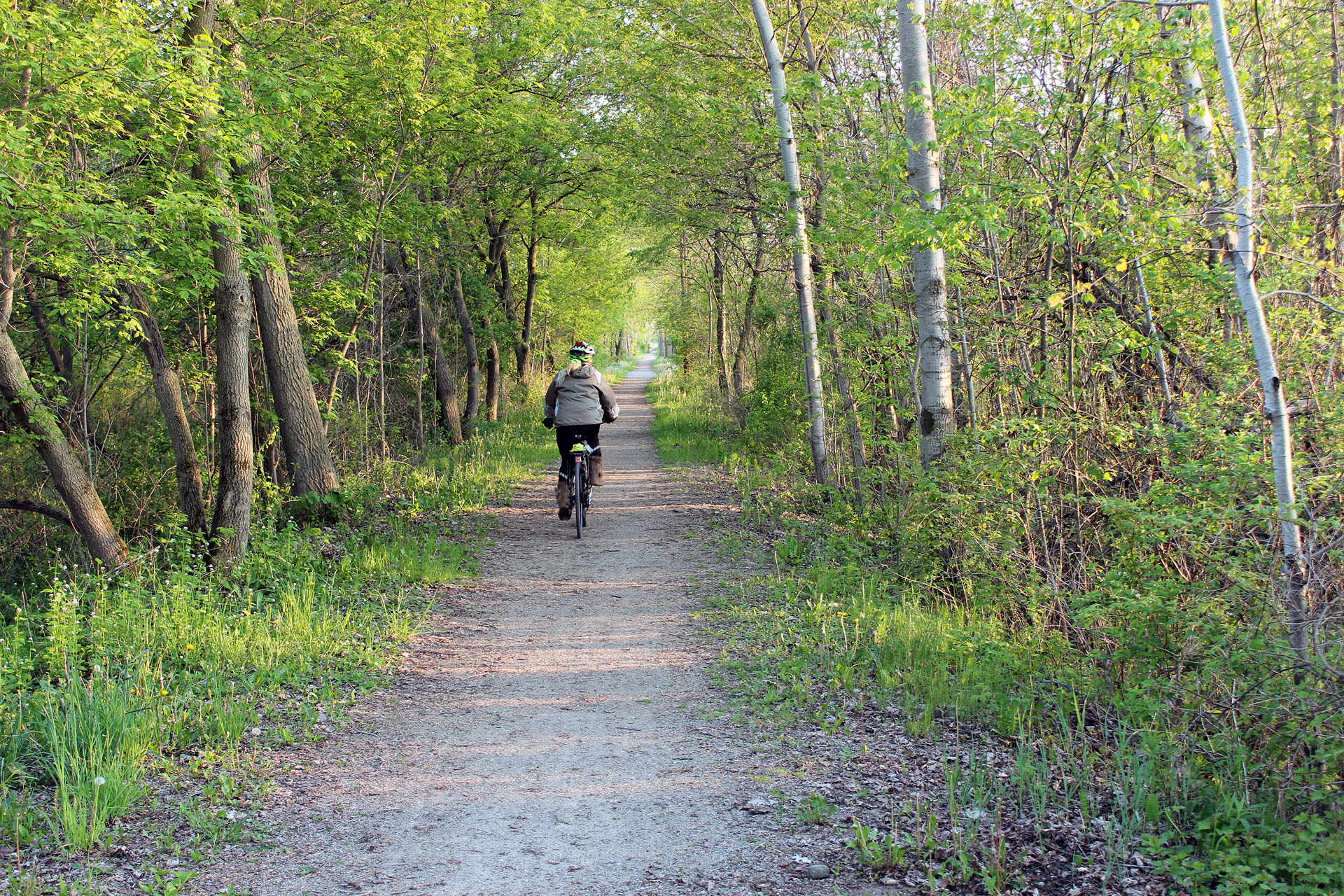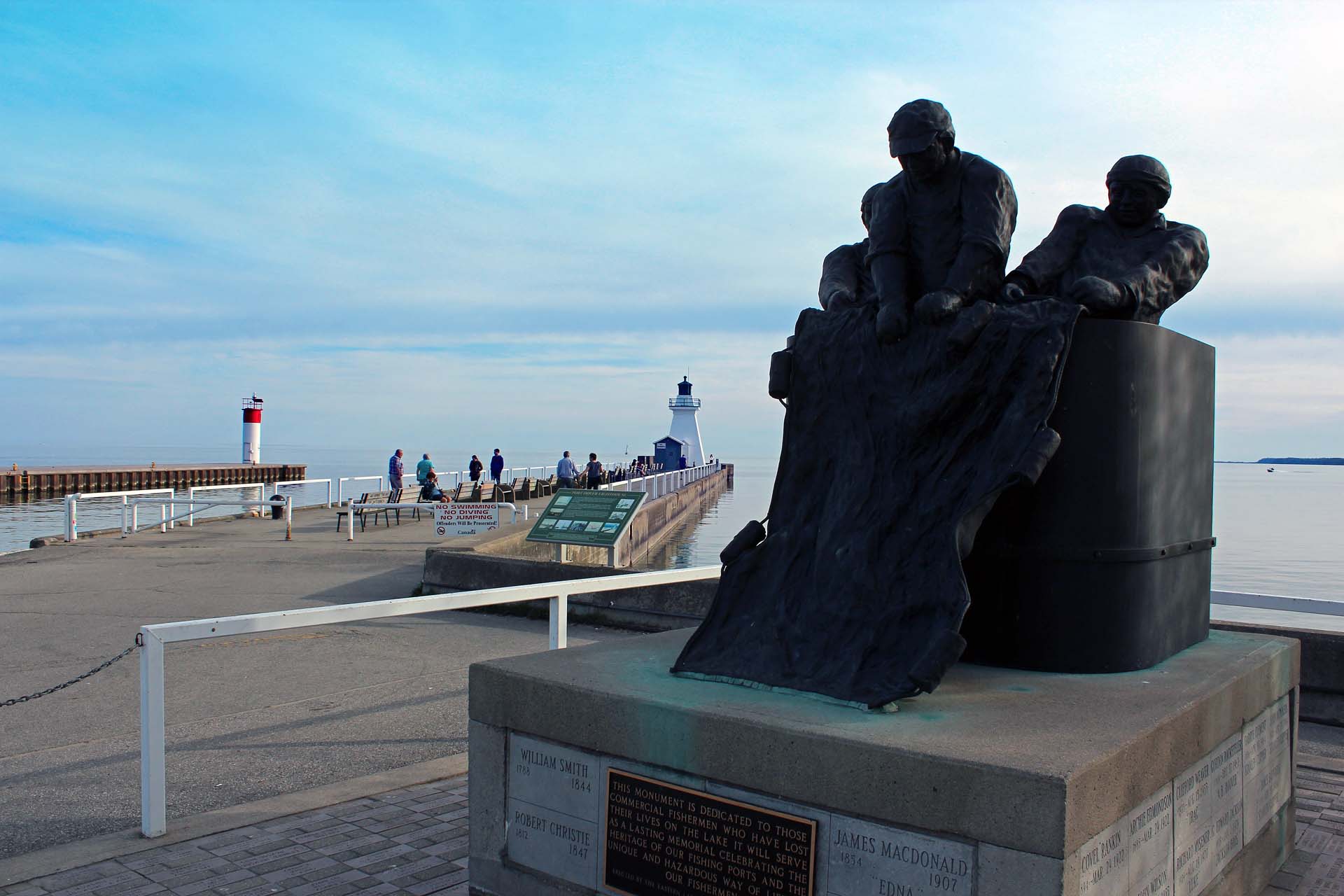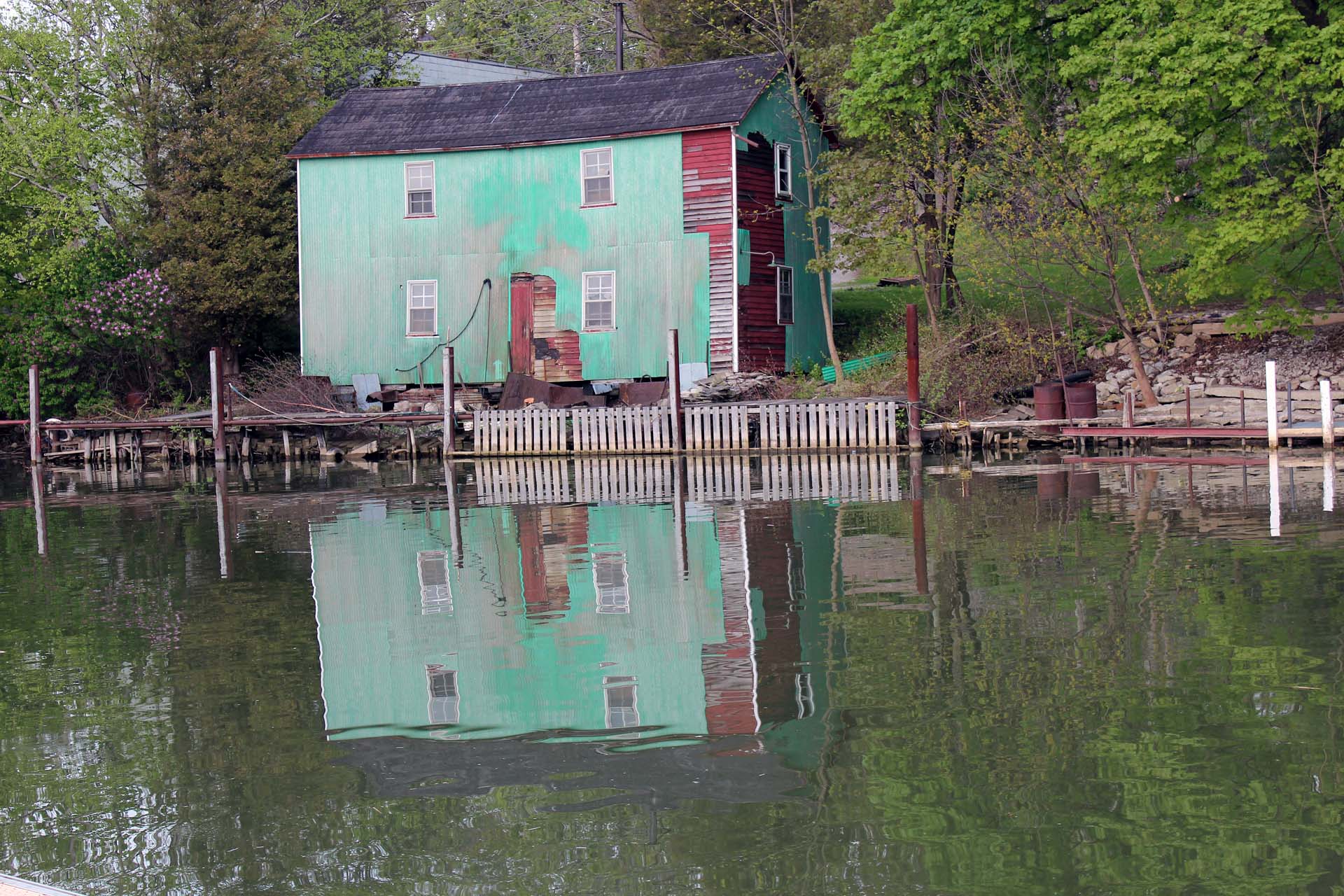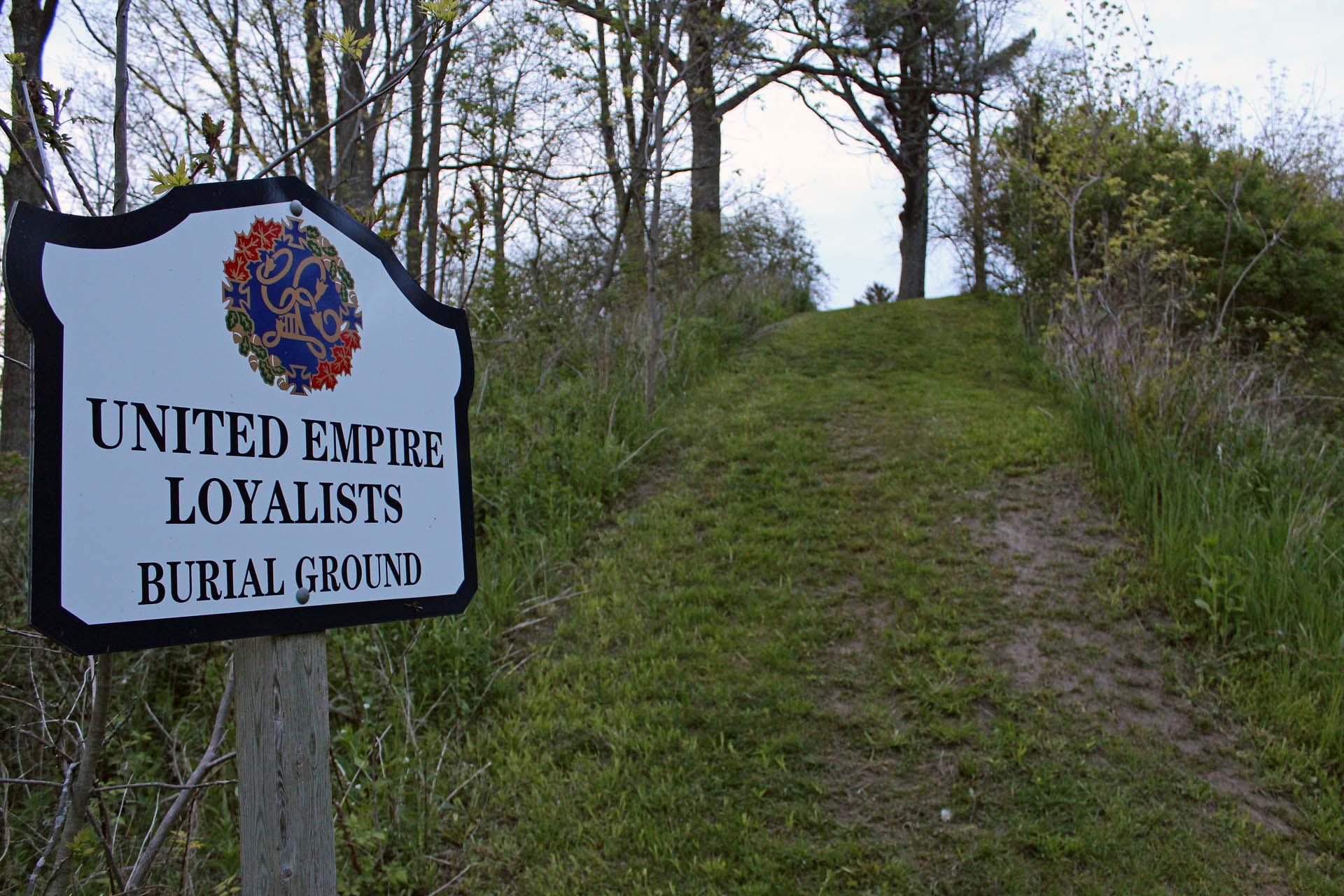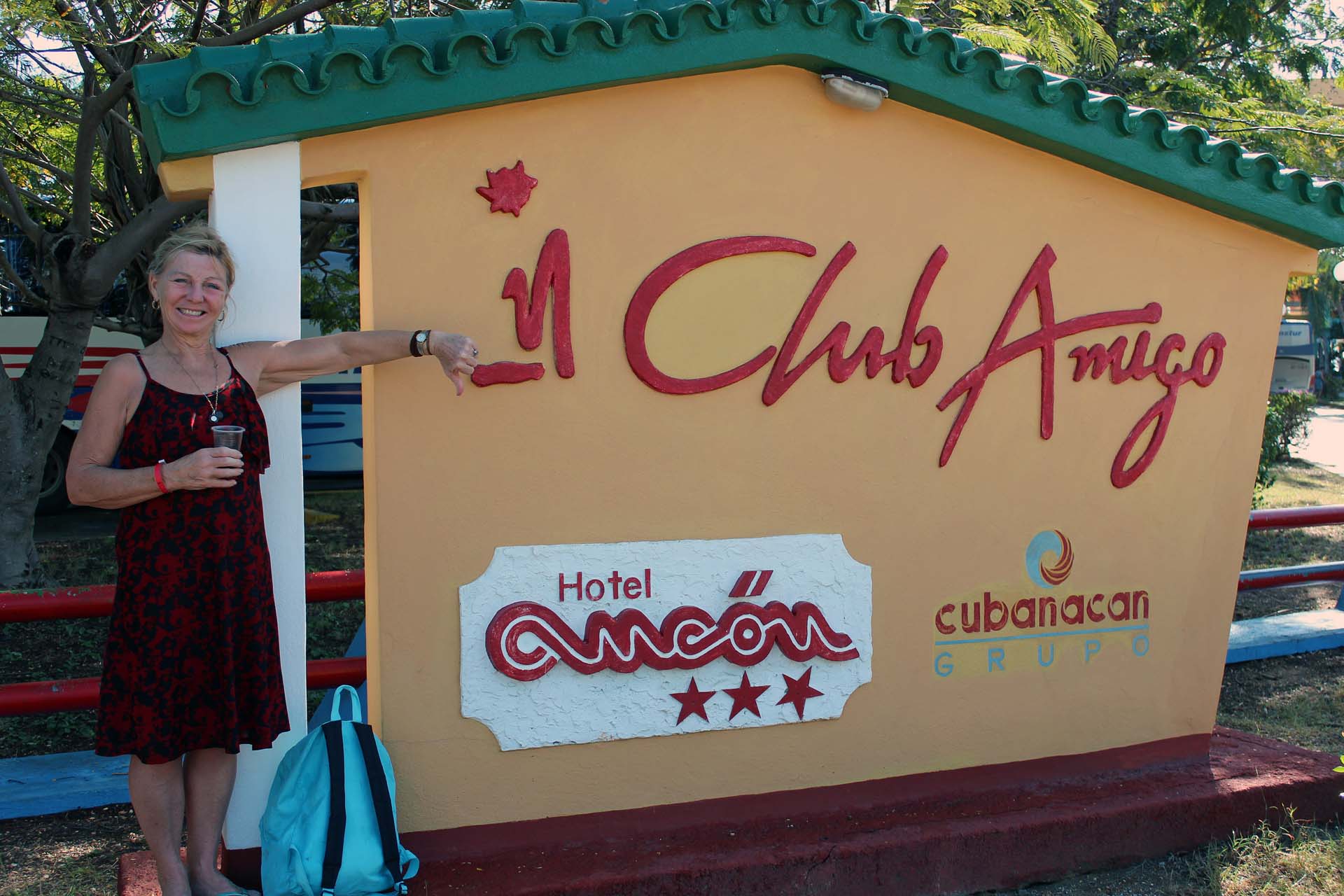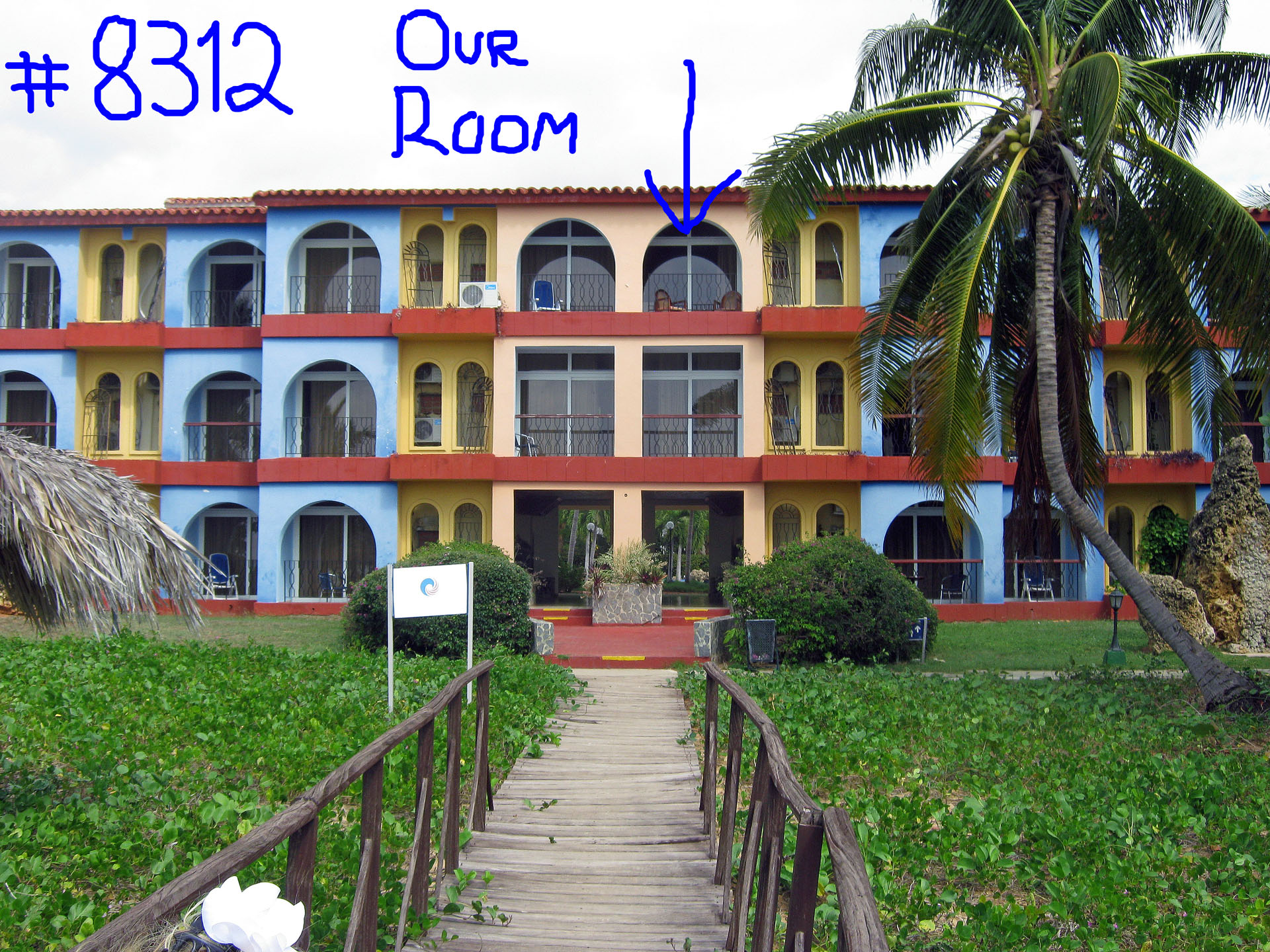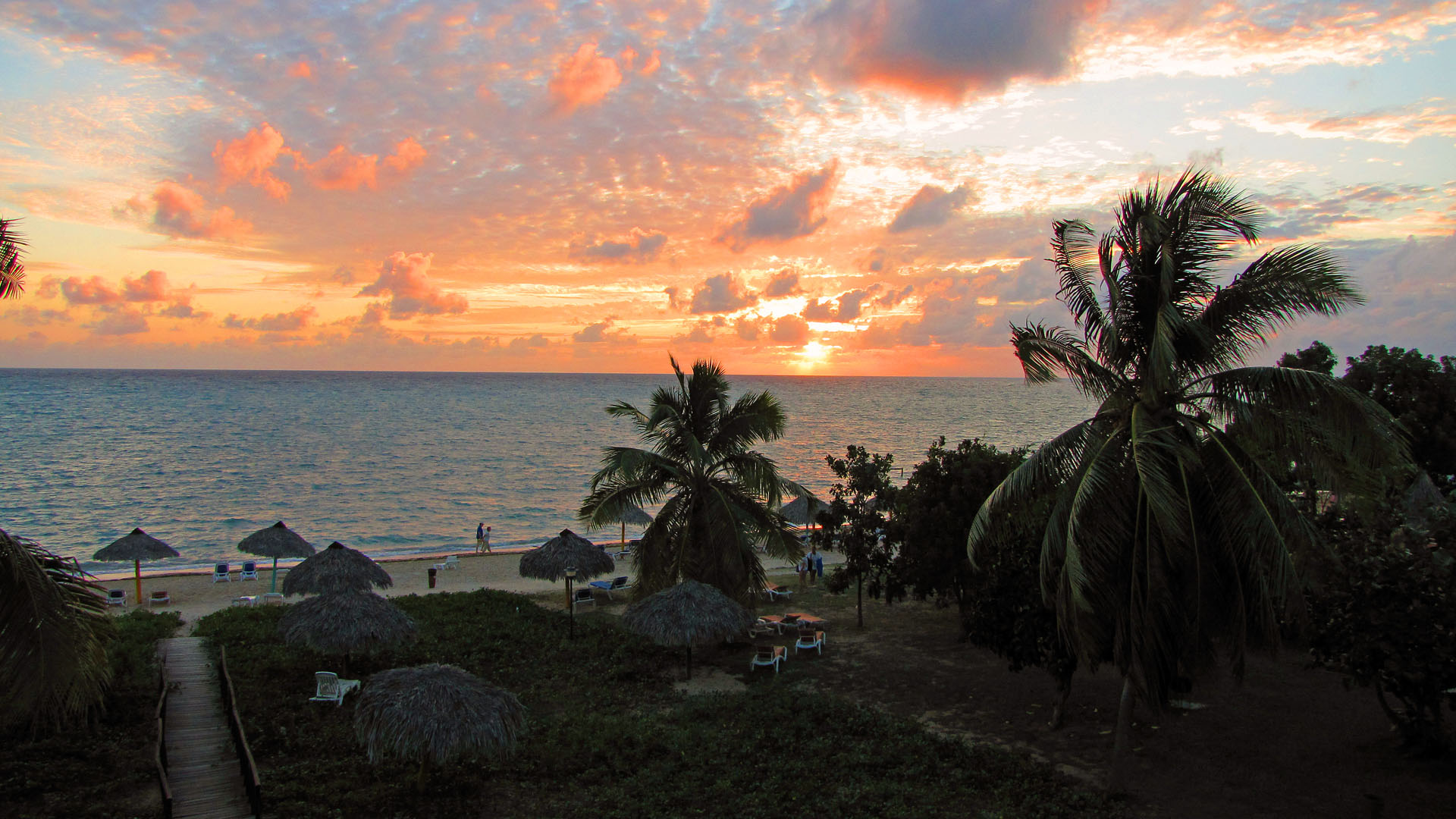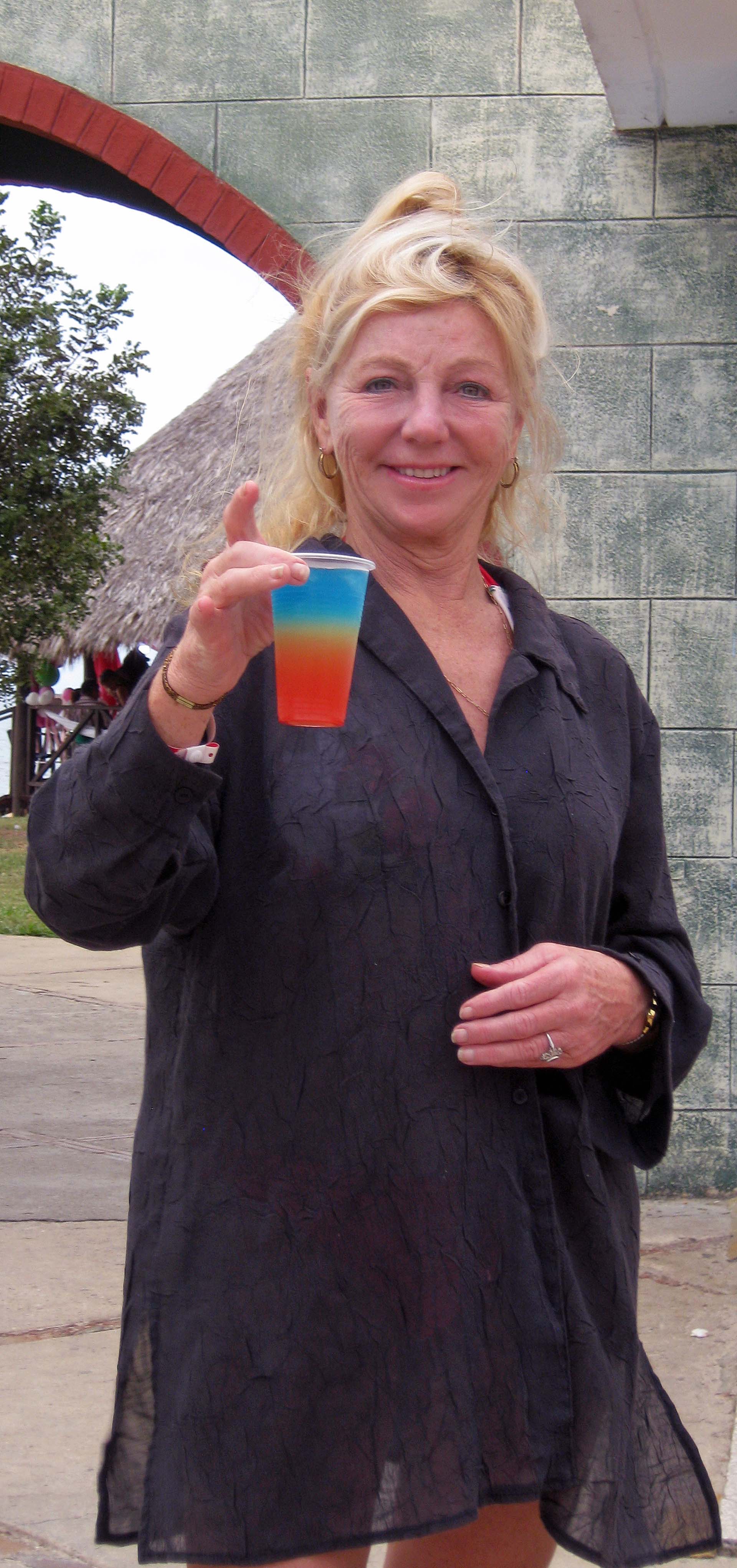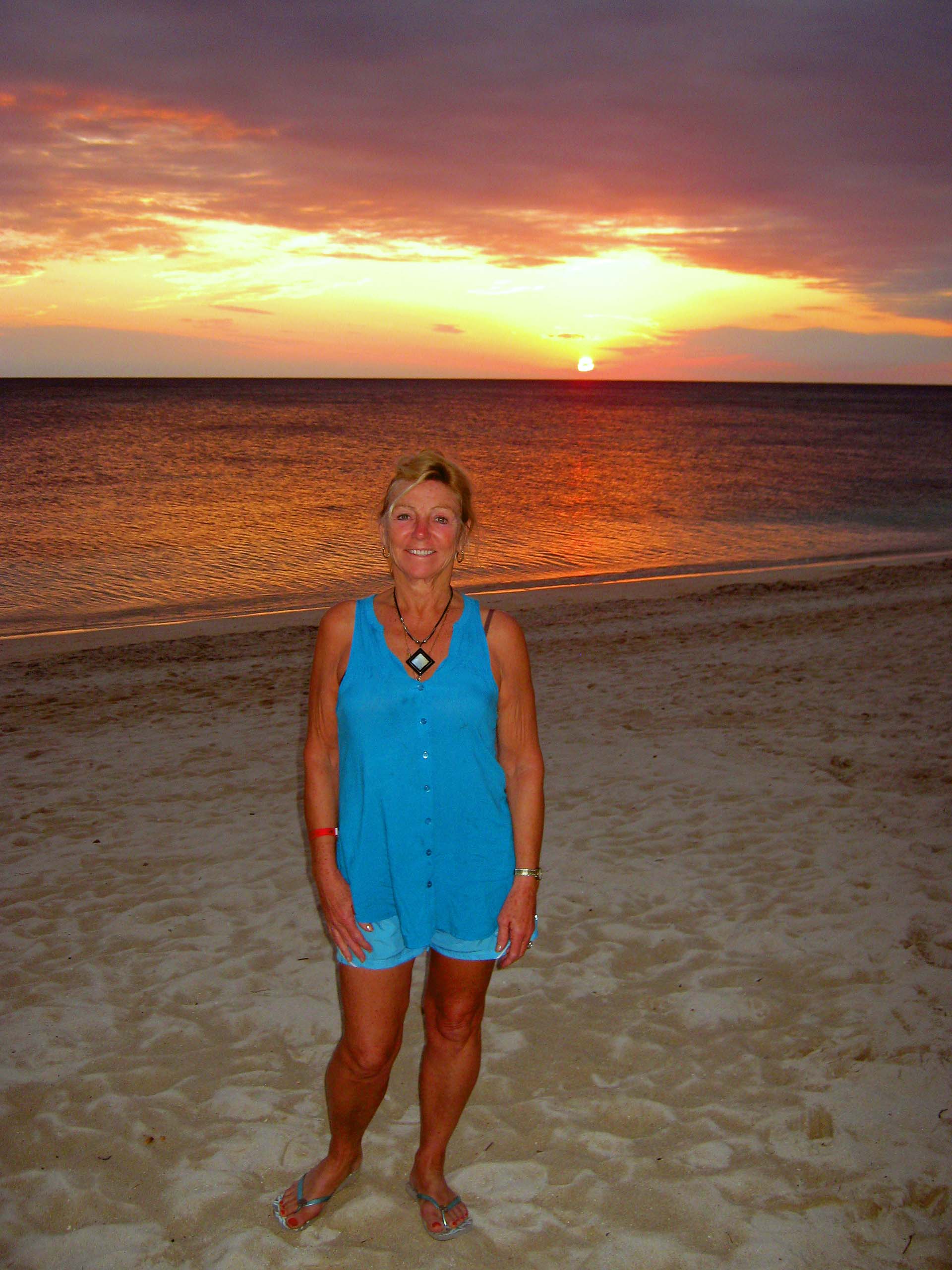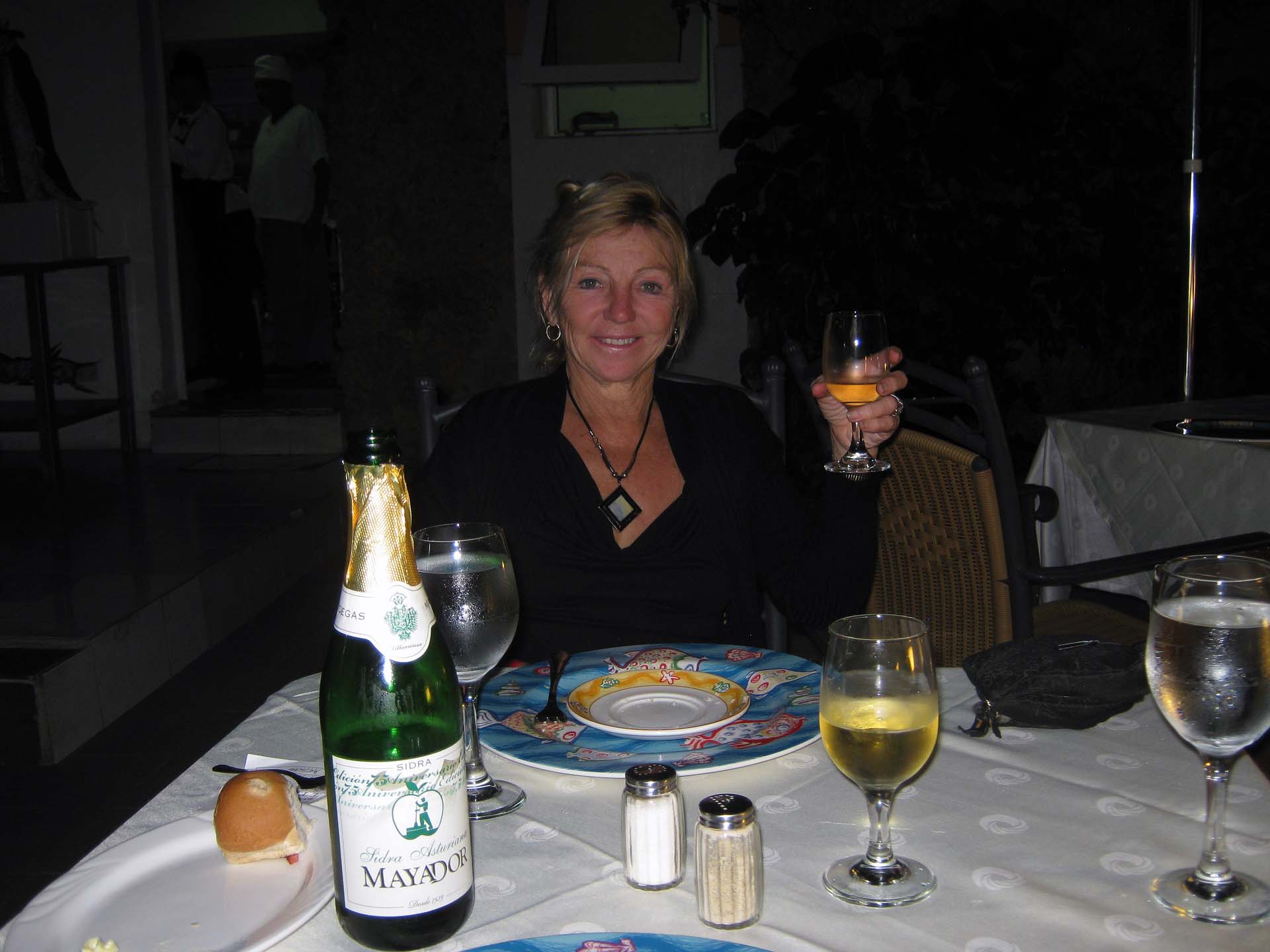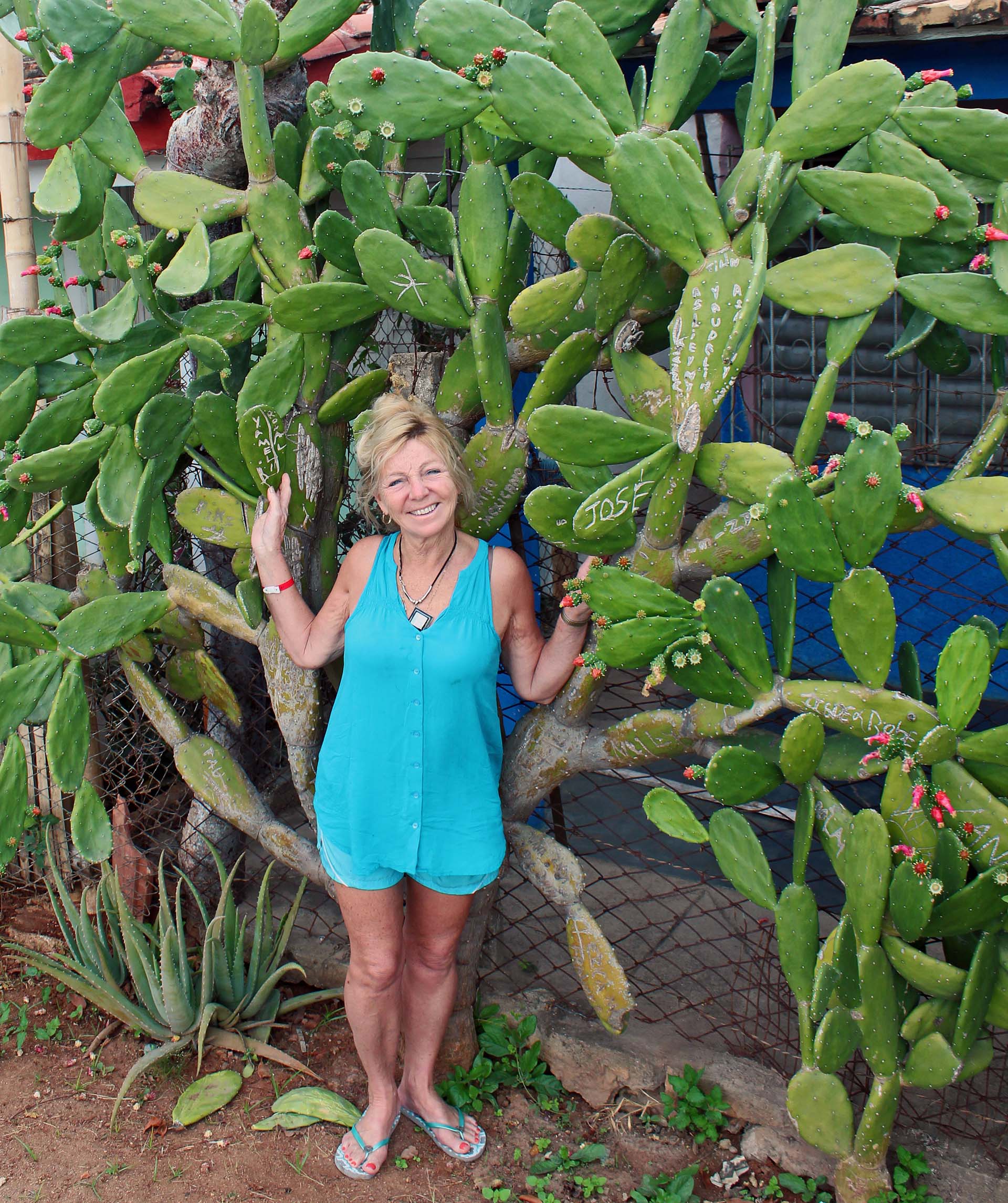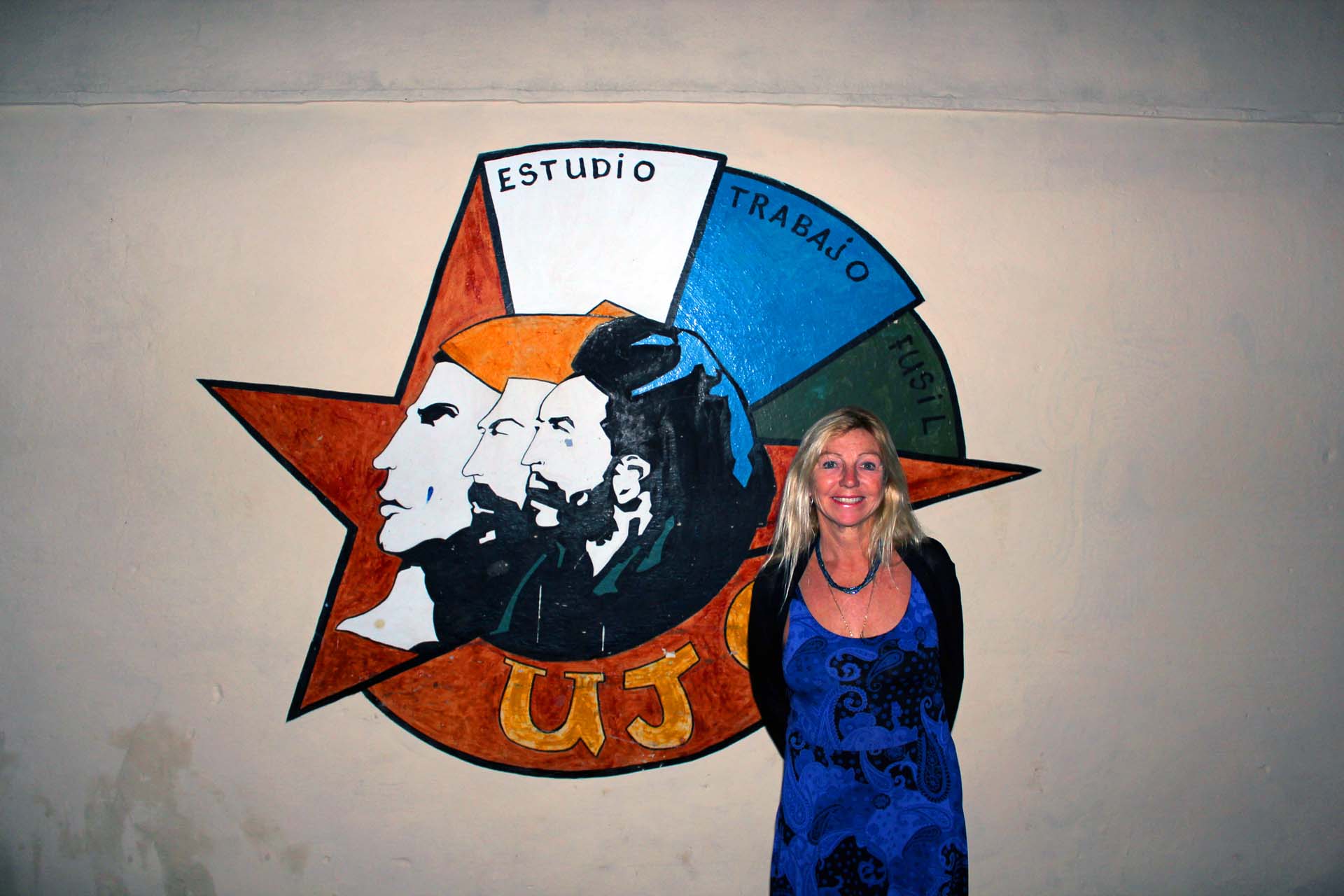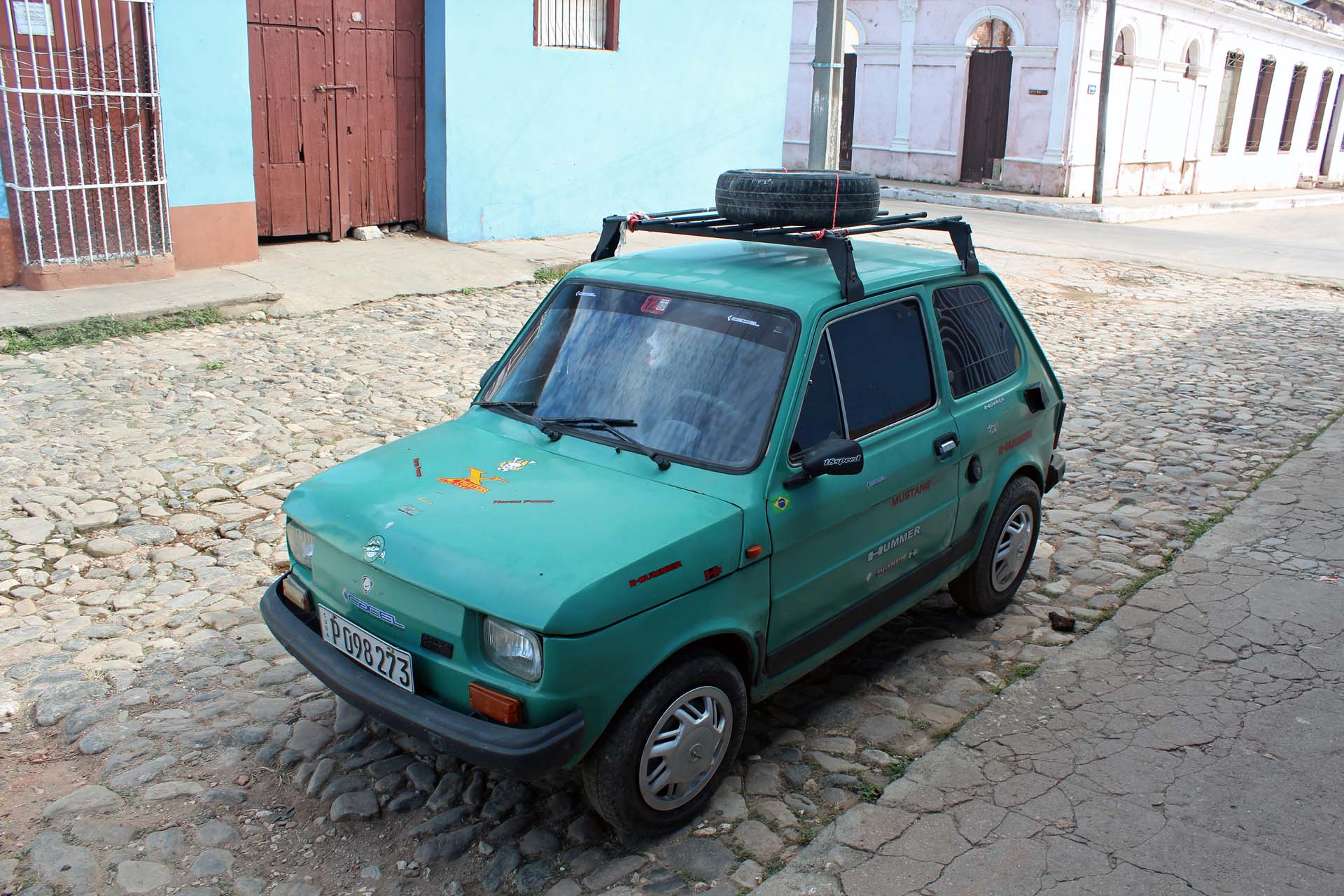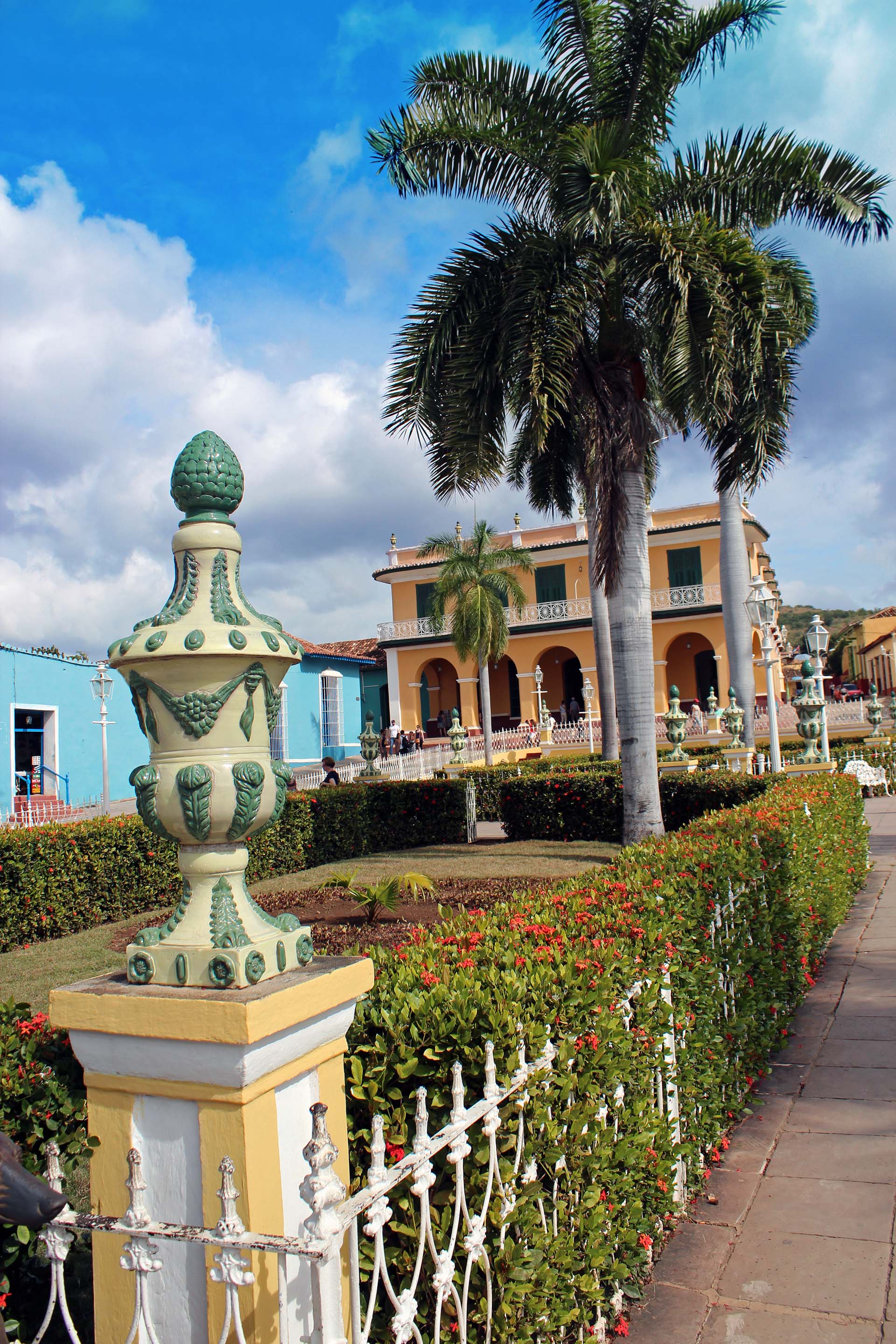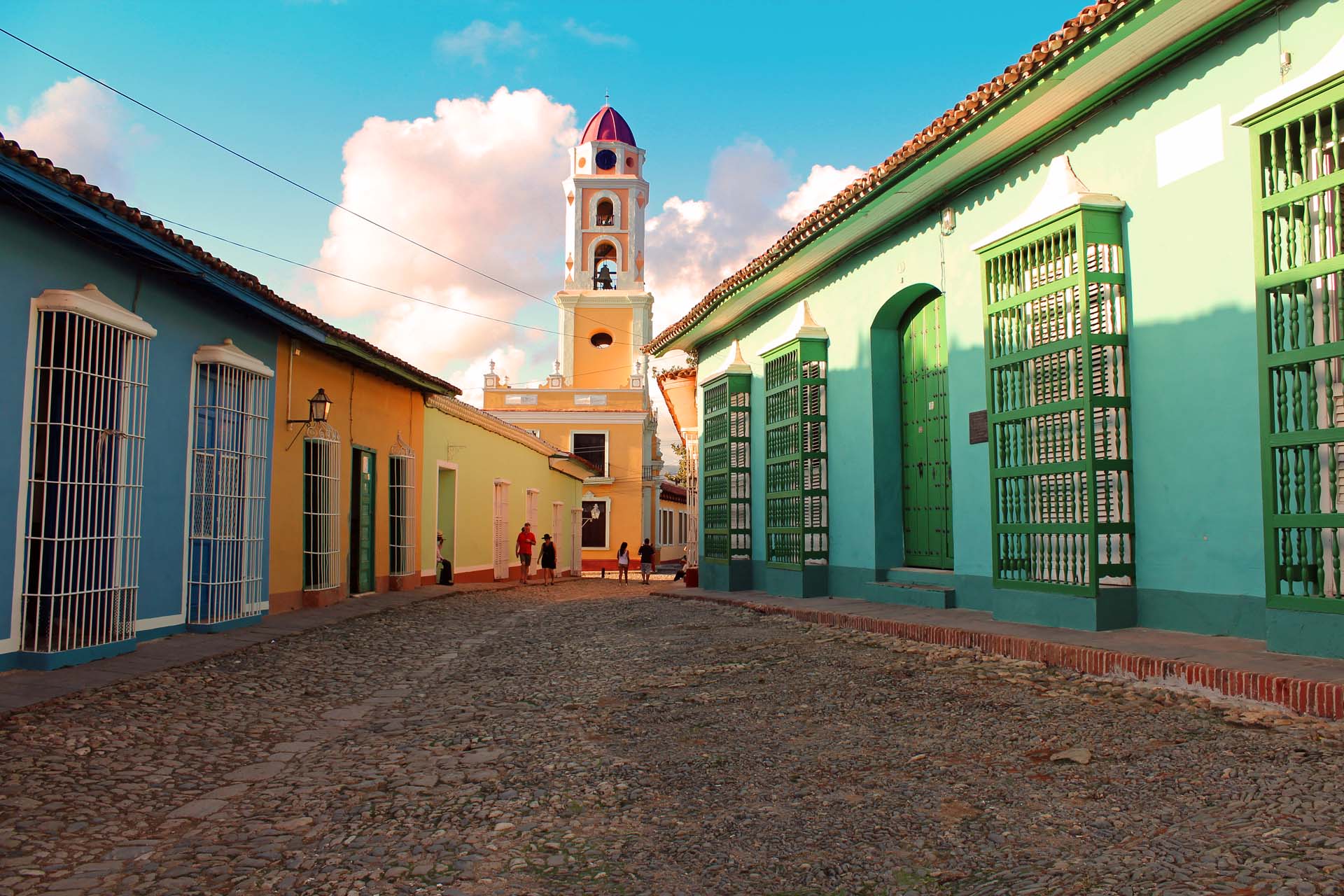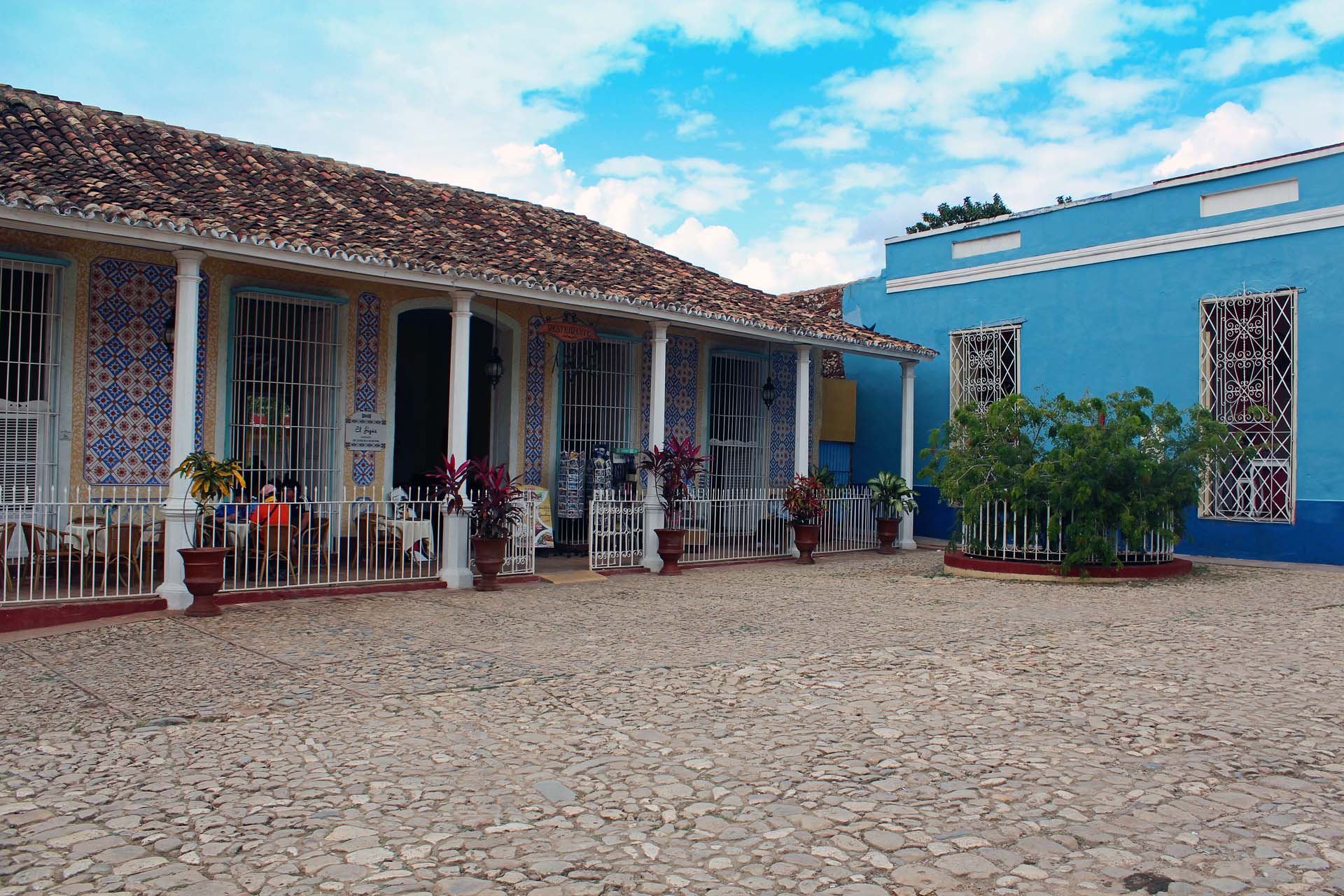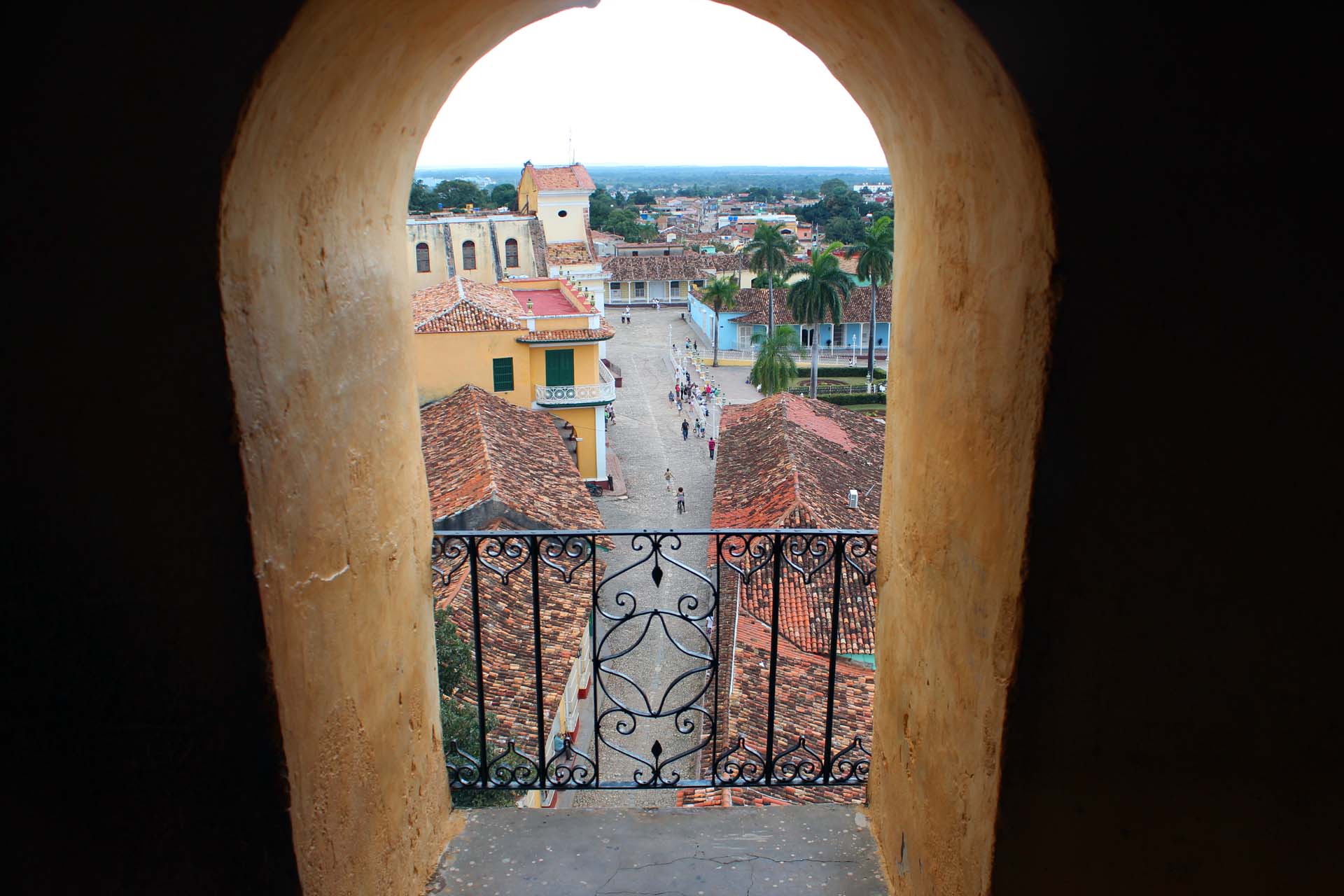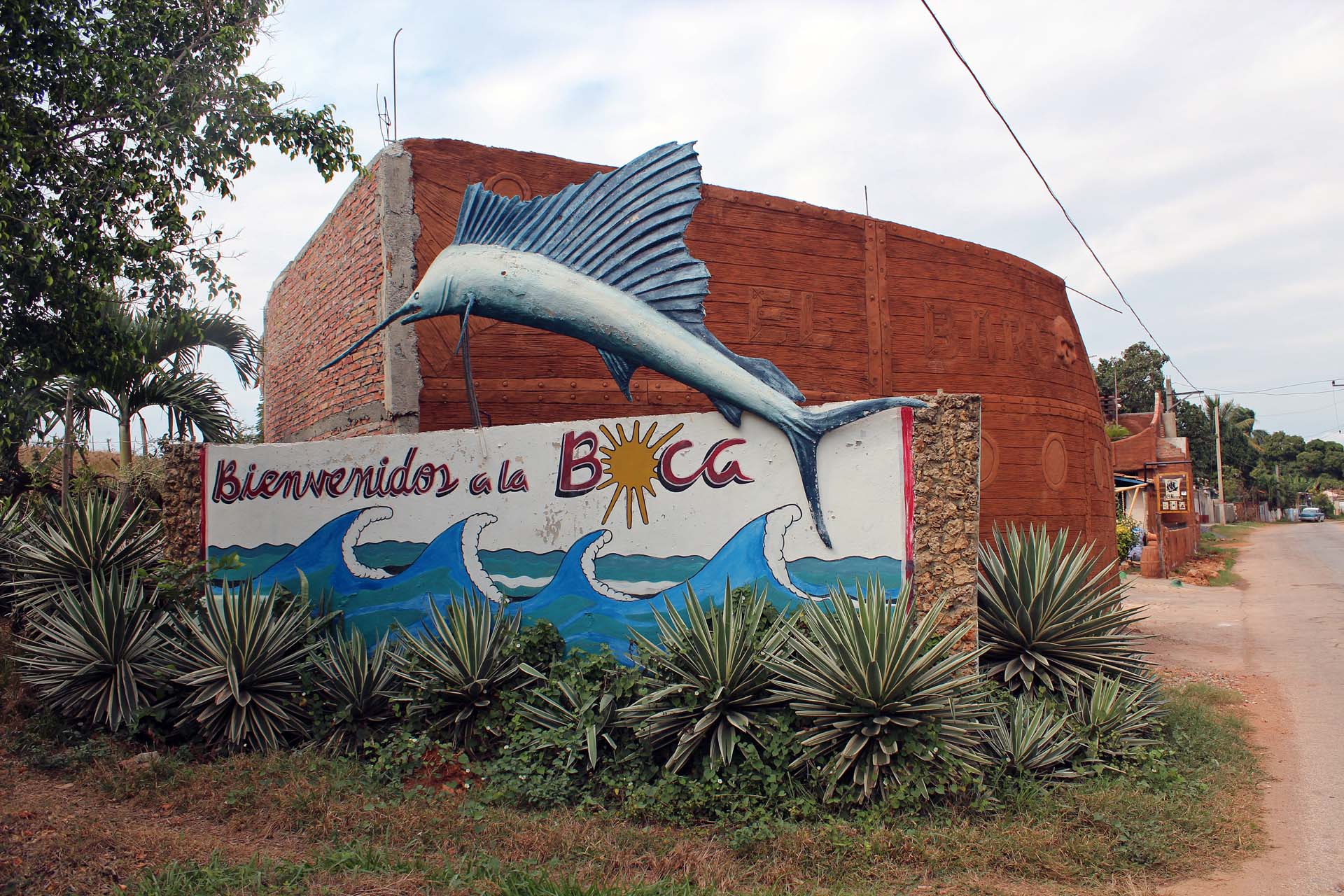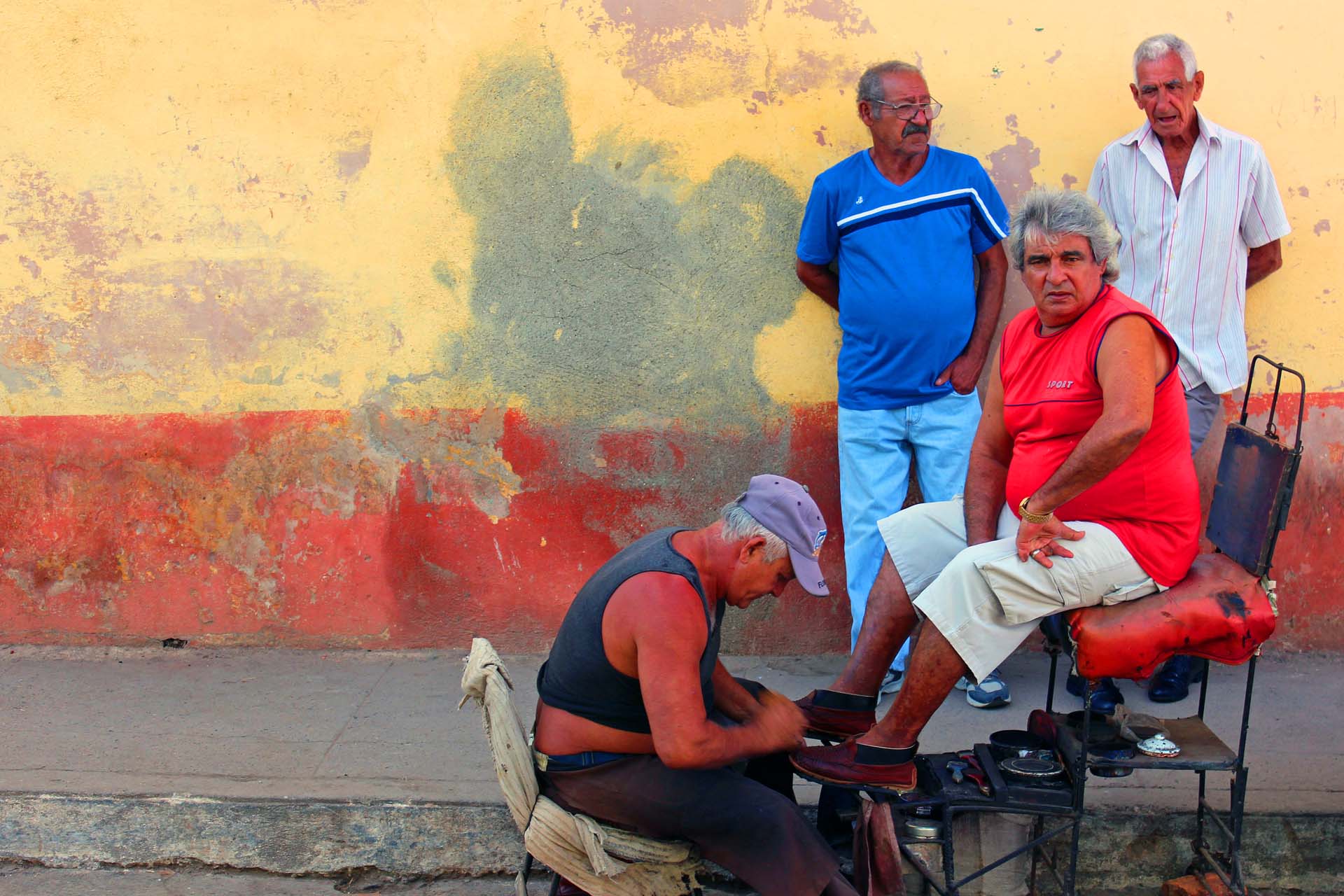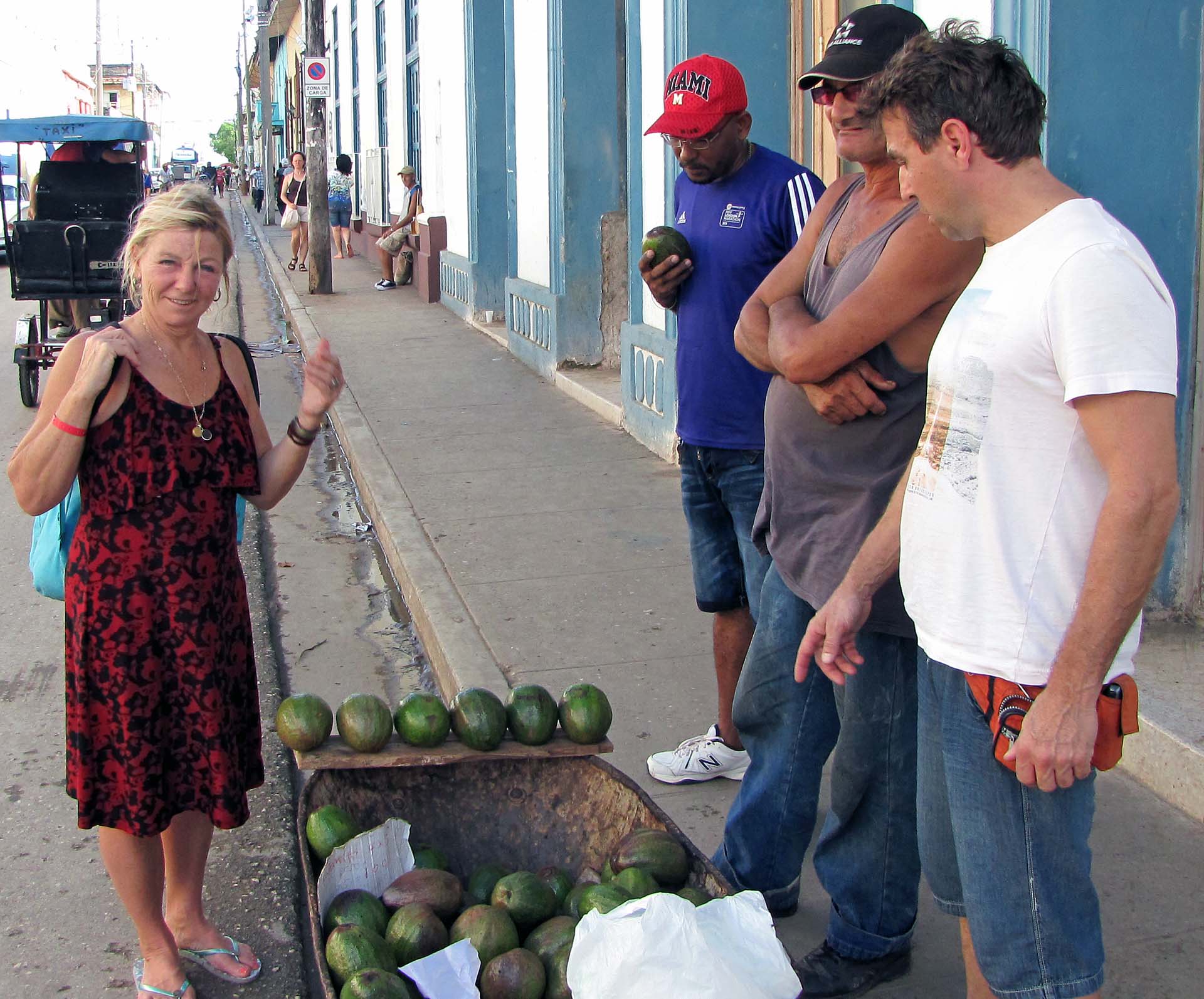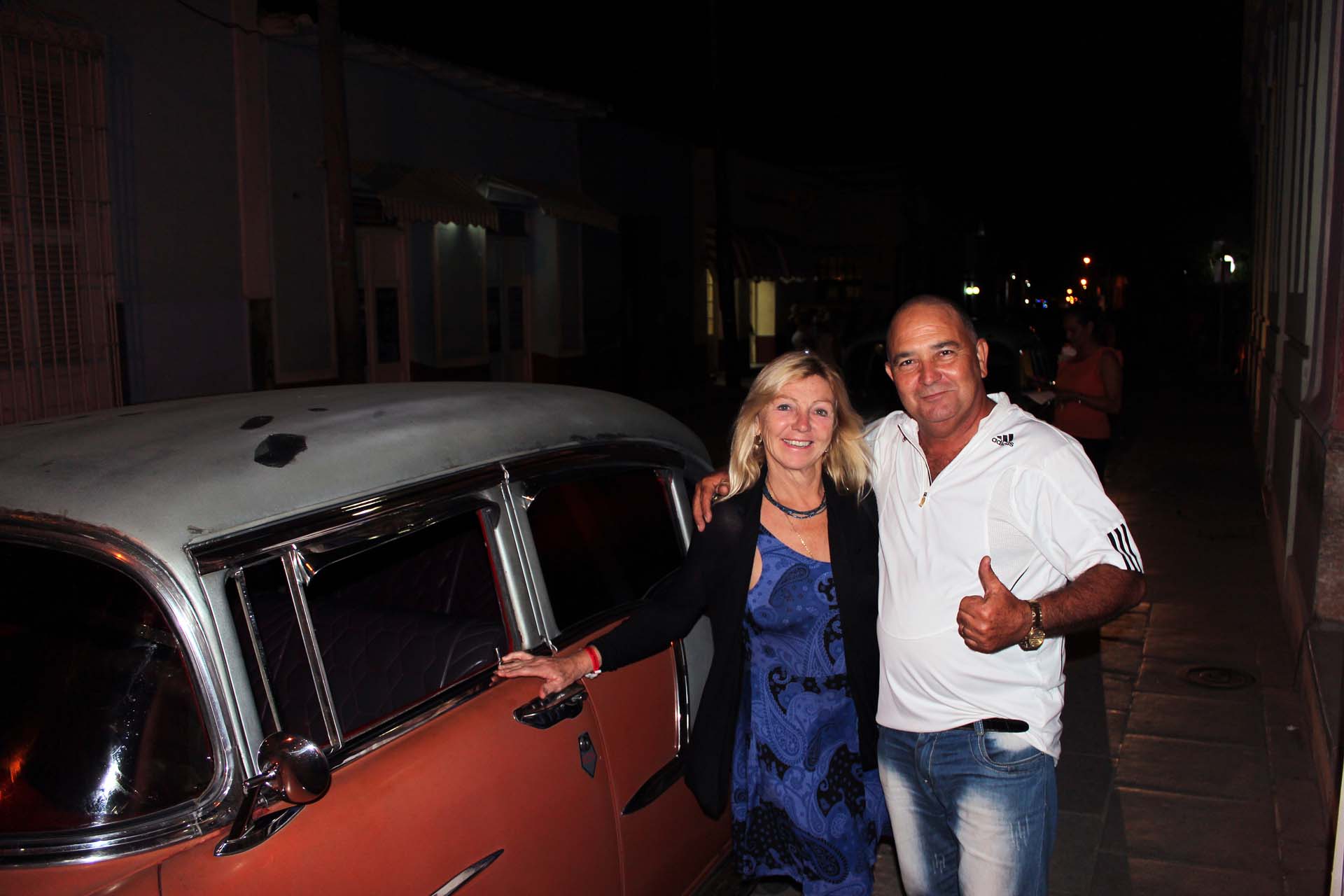More photos from this trip: https://www.flickr.com/photos/jack_1962/albums/72157674524765272
Blog in Polish/po polsku: http://ontario-nature-polish.blogspot.ca/2016/10/park-massasaga-w-ontariodwanascie-dni.html
Sometime in March, 2016 I had
reserved two campsites in the Massasauga Provincial Park on Blackstone
Harbour—one on the south side of the channel leading to Woods Bay and the other
one on the north of the channel. They were quite nice and not far from the
park’s parking lot at Pete’s Place Access Point, so even novice canoeists
should not find it difficult to get there (although in windy weather that may
challenging). We had also invited several of our friends to stay with us over
the Canada Day long weekend—eventually Ian & Sue spent a few days with us.
We were planning to depart
from Toronto at 10:00 a.m., but finally left at 2:00 p.m. The weather was hot
and sunny and after 2 hours we arrived at MacTier, where we quickly went to the
supermarket as well as purchased cold beer. Just before 6:00 p.m. we reached
Pete’s Place Access Point.
The park office
was closed, but we were pleasantly surprised to find a self-serve registration
& fee station—our names already appeared on the list. We paid the remaining
camping fee by credit card and proceeded to the put-in area. Nobody else was
around and we did not have to hurry. When our canoe was packed and we were
ready to paddle to our campsite, a sizable water snake suddenly slithered from
the rock above and jumped into the water, missing our canoe by a hair’s breadth
and causing Catherine to utter a very piercing scream which certainly
reverberated across the whole bay. Well, we almost ended up with an unexpected
(and unwelcomed) guest!
We noticed that
the water level was the highest in many years. Indeed, most of rocks that we
used to walk on in the past now were under the water, as well as we saw plenty
of rust-colored and seemingly dying evergreen pine trees along the shores of
the bay. Upon a closer examination, we realized that lower part of their trunks
(and, of course, their roots) were submerged, which probably was causing them
to slowly die—after all, they were not tolerant of growing in water.
Our campsite,
although adjacent to the channel, was relatively private and quiet due to a
rocky ridge between it and the channel; besides, we quickly got accustomed to
passing jet skis & motorboats (noisy!), yet it was something we had
expected—after all, it was my seventh visit in this park. Every day we saw many
packed canoes and kayaks; some were heading towards Georgian Bay, others back
to Pete’s Place. Almost every evening we reveled in sitting on the rocky ridge,
under a small, bowed tree, observing passing boats, admiring the setting sun
and sipping wine and cold beer. Sometimes we could see campers on the other two
campsites, usually boisterous and having plenty of fun!
There were
plenty of water snakes along the shores of the campsite and they were often
attracted to our walking or swimming. Once I saw a big snapping turtle,
floating near the shore, but once I came near the water edge, it swiftly
vanished. One morning I found a tiny red-bellied snake in the tent’s vestibule—at
first I thought it was a big, thick dew worm. There was also a beaver lodge
nearby and once I spotted a snake sun-tanning there, but when it saw me, it
fled with an astonishing speed and I was not even able to take a good look to
identify it. Every day we saw a number of beavers swimming around the tip of peninsula
our campsite was located on, from one beaver lodge to the other. They must have
been quite active at night, as we often heard loud slapping the water with
their broad tails. A small skink was living around the fire pit and from time
to time we saw it sun tanning on the rocks. Occasionally a majestic blue heron
landed nearby, waded for some time trying to catch fish and later flew off. In
the evening and at night we were often serenaded by loons and frogs. In the
morning we were awaken by a pileated woodpecker doggedly pecking at nearby
trees. A few chipmunks ran here and there, but they did not seek any
interaction with us—unlike those at some other parks, where it was next to
impossible to get rid of the company of those sociable critters! We also had a
resident seagull who hung around the fire pit looking for leftover
tidbits—fruitlessly, I might add. And there was also an American Bullfrog, the
largest frog in North America, patiently waiting in the shallow water for any
prey. As I later found out, they have voracious, indiscriminate appetite and will
eat virtually any animal they can swallow, including insects, birds, mammals,
reptiles and even other bullfrogs.
I spent
considerable time observing spider wasps, which were relentlessly digging holes
in sandy soil. Later they dragged a spider (which they had paralyzed with a
venomous stinger) to the nest. The unlucky spider was to become a host for
feeding their larvae—the wasp would lay an egg on the abdomen of the spider and
would close the nest. When the wasp larva hatches, it begins to feed on the
still-living spider. After devouring the spider’s edible parts, the larva makes
a silk cocoon and pupates. Interestingly, some wasps spent a lot of time
burrowing potential nests in sandy soil, but suddenly changed their mind and
ended up dragging a paralyzed spider for many meters on the ground and finally
climbed up a tree where, I presume, they created the proper nest.
During our whole
stay the weather was almost perfect—very hot & dry, mostly sunny and even
though the fire ban was in effect in the Parry Sound area, the park still
allowed campfires. Unfortunately, our final day was stormy and we had to pack
up and paddle in the pouring rain, but since it was still very warm, we did not
complain much—after all, the area certainly needed rain. Perhaps because of the
lack of rain, mosquitoes were not very bad at all—usually they appeared around
9 p.m. and disappeared one hour later.
The evening
before Canada Day we canoed to Moon River Marina for a few supplies. Catherine
was surprised to discover that the store and the LCBO outlet had just closed at
6 pm (somehow I anticipated that). She did manage to talk the sales person into
a quick beer sale. On our way back we spotted a building with a lit neon sign
‘OPEN’; it was West View Resort—indeed, the small store carried cream which
Catherine was desperately craving for her morning coffee. The resort owner, a
very chatty gentleman, happened to sit in front of the store and we started
talking to him. I noticed a book called “My Life on the Moon River” by Peter
(Pete) Grisdale (who passed away in 2014, aged 94 years). I immediately pointed
this out to Catherine, saying that the author used to have a house in the
location where the parks office & parking lot were now located—“Pete’s
Place Access Point” was named after him.
“This
was my brother”, the owner said.
Wow! Indeed, his
name was George Grisdale (and the resort was located on Grisdale’s Road!) and
he briefly talked about his late brother. When I mentioned Calhoun Lodge (which
we had visited several times in the past), Mr. Grisdale grabbed the park’s
brochure, “Calhoun Lodge and the Baker Homestead”, opened it on page 5 and
pointing to a photo depicting two men working near the fireplace, said,
“Although
my name does not appear under the photo, the lad on the right—it’s me!”
Of course, I
bought the (autographed!) book, which contains plenty of stories about the
author’s war years spent in Europe as well as fascinating tales of local people
and events that had taken place in this area.
We enjoyed
paddling on Blackstone Harbour, especially at night. One day we paddled to
Pete’s Place and drove to Parry Sound (and caught sight of a medium-size black
bear running across Healey Lake Road). An evening storm, accompanied with
lighting, thunders and pouring rain, significantly delayed us from canoeing
back to the campsite and for over one hour we sat in the car, waiting for the
storm to pass. When it did, it became exceptionally calm and quiet, as though
the storm had been just a bad dream. At 10:30 pm, in total darkness, we began
heading to the campsite. There was no wind and nobody else was on the water;
from time to time we saw distant lighting in the sky, but did not hear any
thunders. It was a magical feeling! When we finally approached the shore, I was
able to try out my new flashlight, which provided ample illumination at a
fraction of its maximum output of 1,000 lumens.
While in Parry
Sound, we went to No Frills and the Hart Store at the Parry Sound Mall and
later drove to the Sequin River where we had traditionally our lunch under the
railway trestle, which was constructed in 1907. The trestle is 517 m long and
32 m high, the longest rail trestle east of the Rocky Mountains. In 1914 Tom
Thomson, one of the most famous Canadian painters, was travelling by canoe on
the Sequin River. He stopped near the trestle and painted the bridge and the
former Parry Sound Lumber Company. A sign, depicting the painting, marks the
location.
Later we went
for a stroll in Parry Sound and ‘discovered’ an awesome second-hand bookstore,
“Bearly Used Books”. I was pleasantly surprised not only by the store’s size
and number of books it carried, but also by the diversity of categories and
titles! I especially enjoyed the section about local authors/history—I
immediately spotted a poster advertising “My Life on the Moon River” by Peter
(Pete) Grisdale! After browsing for over 30 minutes, I picked several really
good and mostly out-of-print books which I would have never found in Chapters!
I had just
finished reading “City of Thieves” by David Benioff—an awesome book, set during
the siege of Leningrad and most likely loosely based on a real story, as told
to the author by his grandfather—and I immediately started reading “The Gates
of Hell” by Harrison E. Salisbury, which I found in the bookstore. This
excellent novel was also about the Soviet Union—although a work of fiction, I
quickly realized that the main character closely resembled the famous Russian
writer Aleksandr Solzhenitsyn. Thus, it was based on many factual events and
realistically showed the intricacies of the brutal Soviet system, from the time
of the October Revolution to the 1970s. Incidentally, Harrison E. Salisbury was
also the author of “The 900 Days: The Siege of Leningrad” and David Benioff
used it extensively while writing his novel.
We also visited the
Charles W. Stockey Center for the Performing Arts, which stages plenty of
excellent performances. Situated on the shores of Georgian Bay, it makes an
excellent location to observe sunsets. We also spotted a new monument that had
been unveiled just two weeks before—a life-sized bronze monument of Francis
Pegahmagabow, a First World War hero and the most highly-decorated First
Nations soldier of WW I.
Later we leisurely
walked on the Rotary and Algonquin Fitness Trail and reached the Waubuno Beach.
There was a sizable anchor and a historical plaque:
THE SINKING OF THE WAUBUNO 1879
“This anchor, recovered in 1959, belonged to the
steamer "Waubuno", a wooden sidewheeler of some 180 tonnes which was
built at Port Robinson in 1865. She carried freight and passengers in the
shipping trade which flourished on Lake Huron during the nineteenth century.
Commanded by Captain J. Burkett, she sailed from Collingwood on November 22,
1879, bound for Parry Sound. The "Waubuno" encountered a violent gale
later that day and sank in Georgian Bay some 32 km south of here. All on board
perished, and although some wreckage was later discovered, the bodies of the 24
victims were never found. The specific cause of this disaster has never been
determined.”
Incidentally,
several years ago we had been camping on Wreck Island (also in the Massasauga
Park) where the wreck of the “Waubuno” was located. We had paddled there and seen
it in the shallow water, between Bradden Island and Wreck Island.
As our campsite had
already been reserved on Thursday, for the last two days we managed to book
campsite #507, located on the north side of the channel, just a stone’s throw
away from campsite #508. On Thursday afternoon we made three short trips to the
new campsite, transporting our (too) numerous pieces of equipment. The new
campsite was quite nice and scenic, we set up the tent on a tent pad near a big
rock, farthest from the fire pit. Unlike our previous campsite, this one did
not have any rocky ridge between the channel, so we could see (and especially
hear) all the passing motorboats—yes, it was noisy! Besides, we were not able
to admire sunsets.
The first morning on the new
site we heard clatter; as Catherine got out of the tent, she saw a black bear
hanging around the bear box. Upon seeing her, it hastily ran away and vanished
in the forest. Fifteen minutes later we heard some commotion and yells on the
campsite located on the other side of the channel—“there is a bear, there is a
bear!” Apparently, the bear decided to check out that campsite and must have
swam across the channel.
The following night we again
heard some suspicious noises around the tent, as if something were slowly
plodding nearby, but whatever was there, disappeared before I had a chance to
get out of the tent and shine my powerful flashlight all over the campsite.
On Friday, our last full day
at the park, was hot and humid, but in the afternoon there was that distinct
calm before the storm, even the air smelled peculiar. We decided to start the
campfire at 7:00 pm, a couple of hours earlier than usually. It was a great
idea—we just managed to grill our steaks as black clouds appeared, accompanied
by lighting and thunder—in no time it was pouring rain! I grabbed the meat from
the grill and we had it while sitting under the tarps. Eventually we made a run
to the tent. It was raining for some time and we had soon fallen asleep, hoping
to get up early morning next day
Unfortunately, it was still
raining the whole morning and even afternoon, so at noon, taking advantage of
intermittent rain-less periods, we packed up and carried everything to the
canoe. As we were ready to depart, dark clouds slowly moved over our location
and it was drenching rain! I covered the canoe with our big tarp—it was a great
idea! At least it was warm and even being a little wet did not bother us that
much. Thirty minutes later, exactly at 2:00 p.m. (the ‘official’ check out
time) we started paddling to Pete’s Place, reaching it in less than 30 minutes.
From afar we saw a throng of people standing on the docks and in the
loading/unloading area—several dozen of girls from a nearby camp were departing
for their wilderness camping experience for the next four nights! Besides,
there were plenty of other tourists—some were waiting to start their trips,
others were just packing up after several days on the water.
On our way to Toronto we
stopped in Barrie, in a park on the shores of Kempenfelt Bay (Lake Simcoe)
where we had lunch—and observed a wonderful, double rainbow! Later we drove to
Minet’s Point, where Catherine’s father parents had a cottage and where he had
spent his childhood and teen years in the 1920s, 30s and 40s. The cottage was
still there (209 Southview Road)—as well as the park where he used to go to all
the time!
BEAR-PROOF
CONTAINERS
The big sign at
Pete’s Place Access Point said, “You are in bear country”, which was true: we
had seen bears in this park before and heard plenty of stories of hapless and
often petrified campers, losing not only their food and coolers, but also
ending up with damaged tents. So, it was always part of our routine to
religiously hang food up in the trees so that bears could not reach it. Not
that we were looking forward to doing so—each time before leaving the campsite
we had to secure the food and hoist it; each time we wanted to get anything to
eat, we had to lower the food container and coolers—and hoist them back up. It
was often a strenuous activity, especially for Catherine, who, as I said
before, was responsible for the kitchen & food supplies.
This year we
were for a huge treat—there was a food storage locker (a.k.a. the bear box/bear
proof bin) installed on our campsite (and, as we found out later, on a number
of other campsites too, especially those most frequented by bears). It was
undoubtedly an EXCELLENT idea and I would like to extend my genuine gratitude
and appreciation to the Park for installing them—THANK YOU!
However… I hate
to rain on the park’s parade and be negative of this otherwise wonderful piece
of equipment, yet after using the box just once both of us immediately noticed
a number of issues with its design.
For one thing,
the bear box’s opening was on top and it took some effort, sometimes
considerable, to lift the lid—especially Catherine, who was in charge of the
kitchen & food supplies, found it challenging to open (and close) the box
and a few times she bumped her head against the lid (you should hear her
thunderous swearing then!). Also while closing the lid, we had to exert some
force, invariably causing a loud clamor. There were two rather awkward hinges
inside the box—I thought they made it more difficult to open/close the box and
were prone to break.
When we arrived
at the campsite, the box was closed, yet there was some water inside (and a big
dew worm!); since there was no opening in the bottom to let the water out, we
had to manually remove the water (with a coffee cup) and later used plenty of
paper towels to clean and dry its floor. After it rained, some water
accumulated inside the box, even though the box remained closed—meaning that it
was not totally waterproof.
We also found
the locking mechanism somehow unpractical. There were hasps and staples on each
side of the box and two carabiners, attached to the box with a thin steel line.
I could immediately tell that sooner or later (probably sooner) the steel lines
would break or unravel and the carabiners would become detached, they were simply too fragile to
withstand continuous usage by throngs of campers, let alone occasional
vandals—or a pesky and dexterous bear.
After relocating
to our second campsite, as Catherine was about to put our food inside the bear
container on the new site, she found it impossible to open it. It took both of
us a lot of effort to finally lift the lid—it turned out that one of the hinges
had gotten twisted & almost detached on one side, thus blocking the lid
from opening. In addition, one carabiner was missing, the other one was already
disconnected from the box. We could not believe that our predictions came true
so soon! Furthermore, the box was on such uneven ground that it kept tipping
backwards when the lid was lifted.
Last year we had
spent several weeks camping at various parks in the USA (Yellowstone) and all
of them had had bear boxes installed (due to Grizzly bear activity), so we
could compare the boxes in the Massasauga to the ones in the USA.
The bear boxes in
the U.S. parks were standard cupboard-style, with two front doors, very
practical—the top area could be conveniently used as a ‘table’ for temporarily
placing various items and it was much easier to put heavy items inside. The closing/opening mechanism was simple and
quiet (no awkward hinges) and the latch/lock was ‘built-in’ and did not require
fiddling with carabiners (i.e., less parts to break or get missing). The boxes
were also permanently attached to the ground. I do not remember any water
accumulating inside—and it was so easy to clean them.
Notwithstanding the above
observations, we were still very grateful to the park for installing such
bear-proof containers!
To sum up, even though we did
not paddle a lot, we had a wonderful time in the park and we are looking
forward to visiting it again!
More photos from this trip: https://www.flickr.com/photos/jack_1962/albums/72157674524765272
Blog in Polish/po polsku: http://ontario-nature-polish.blogspot.ca/2016/10/park-massasaga-w-ontariodwanascie-dni.html
